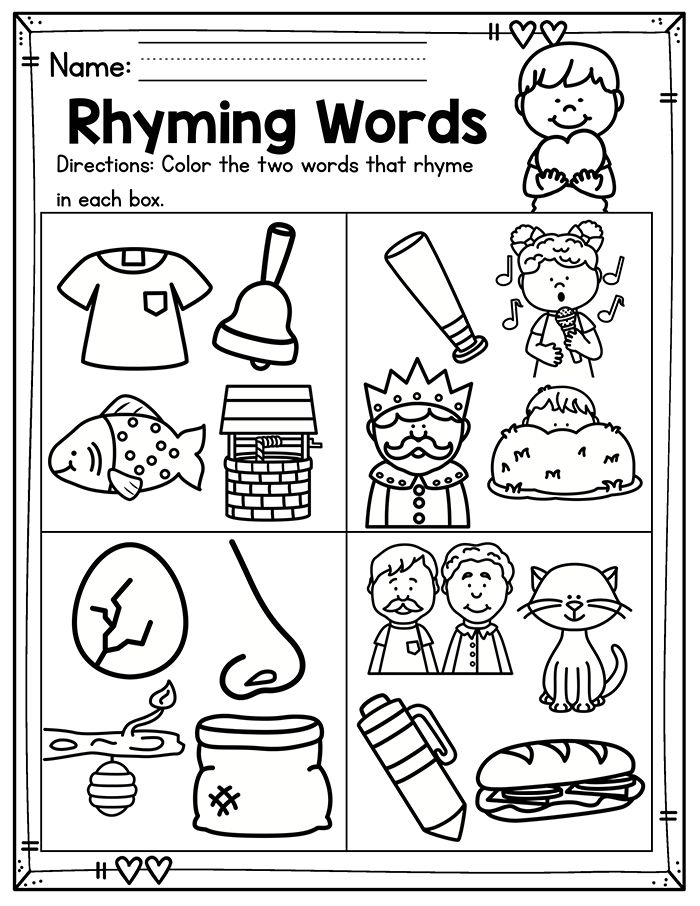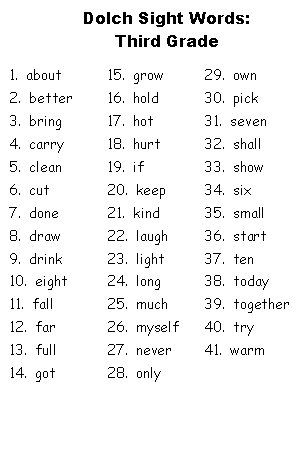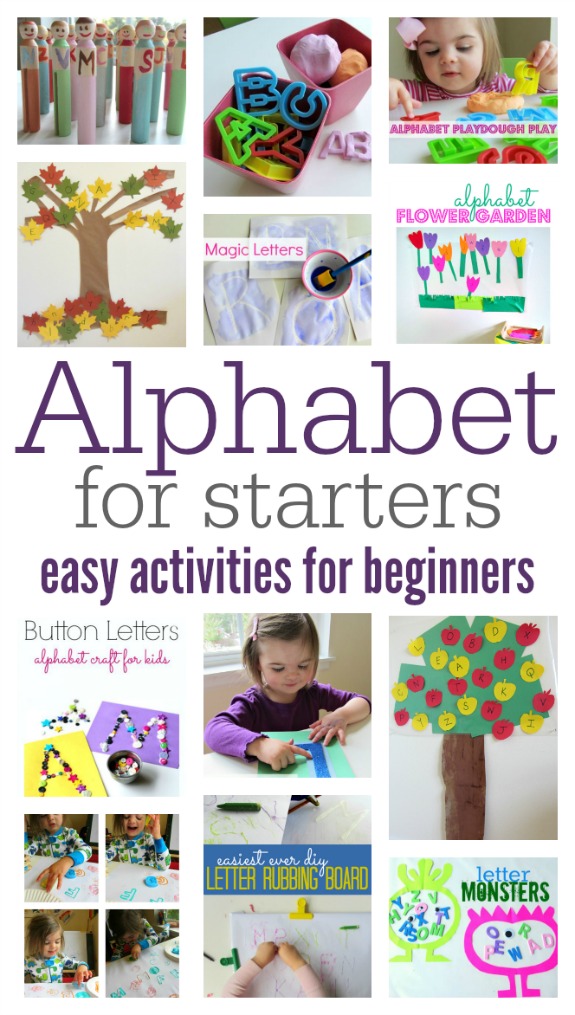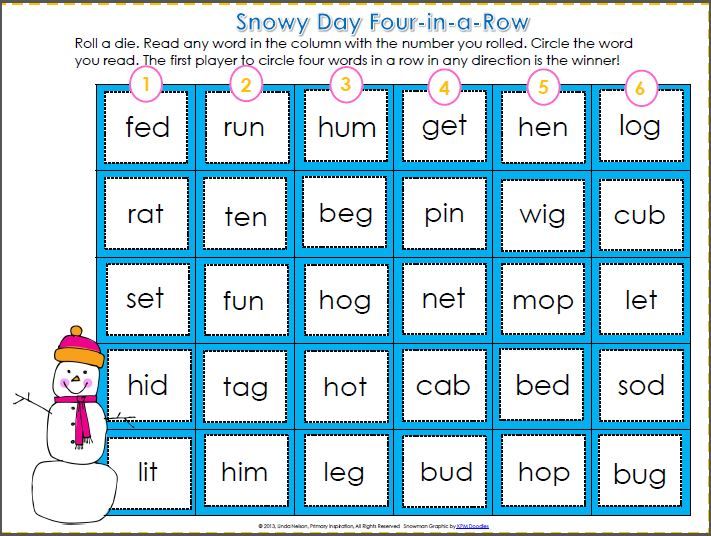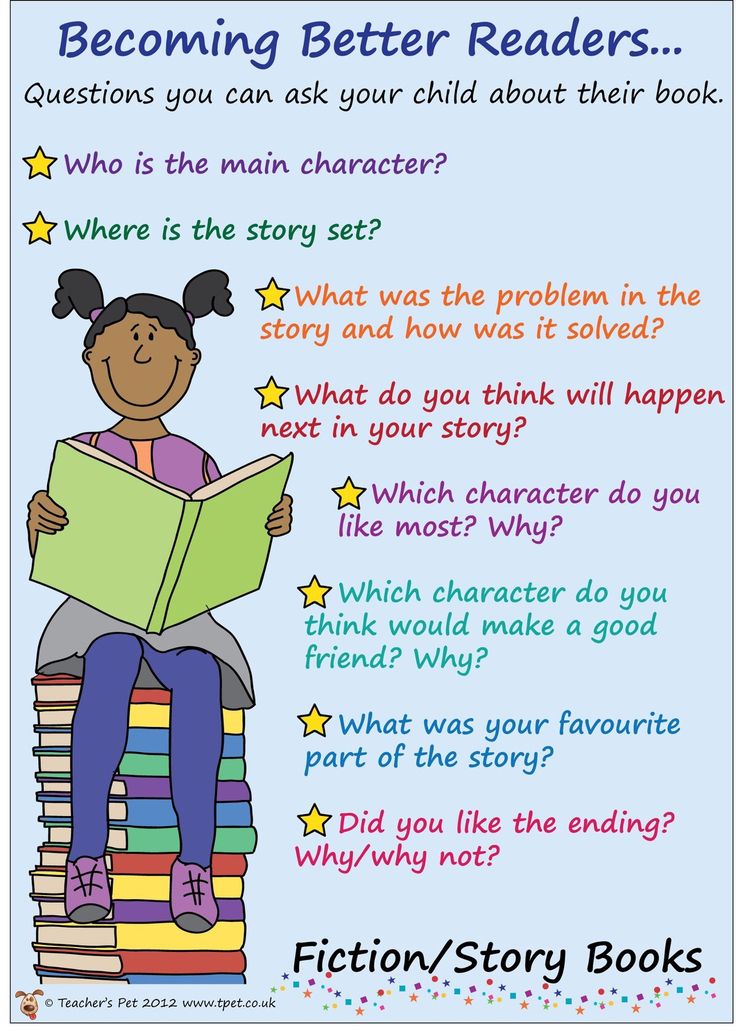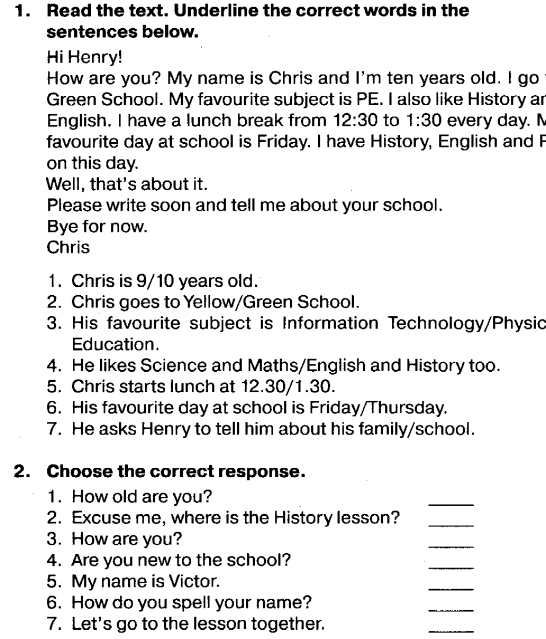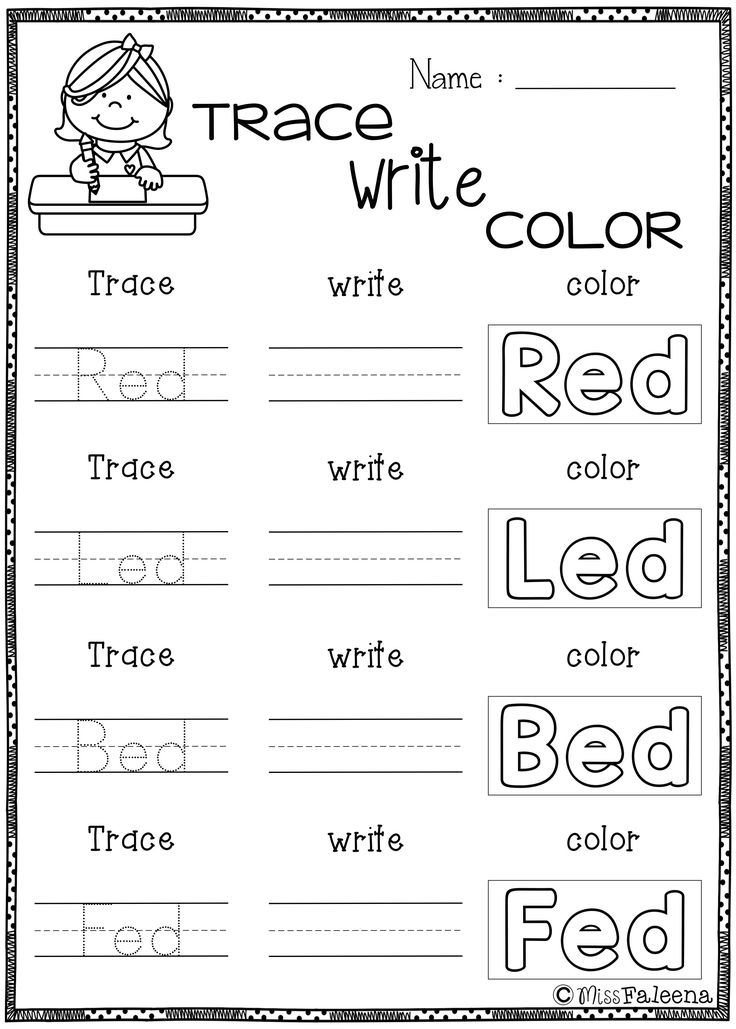What are the different reading levels
How To Identify Your Children's Reading Levels + Which Books to Read
Want to know how to get your kids excited about reading? It starts with choosing appropriate books for their level. Here’s what you need to know about how to identify reading levels for kids!
How to Identify a Child’s Reading Level & Which Books Are Best for Each Reading LevelAre you looking for someone to explain reading levels in plain English?
Like, how you identify your child’s reading level and what they mean from the schools?
Some systems grade with numbers, while others are letters and scores. It’s no wonder it’s confusing.
I struggled with this too. I wanted to get my kids books that they could easily read but I didn’t understand what the levels meant and how to choose a book based on those. After lots of research and trial and error, I’ve finally cracked the code(s).
I’m here to answer all your questions so you can feel confident in understanding your child’s reading abilities and can continue to help them grow as readers.
By the time you are done reading this you will understand:
- What leveled reading is and why it’s used
- The 4 major reading level systems
- How you can identify your children’s reading levels
- What level your child should be at based on their age and grade
- And how to help them choose an appropriately leveled book that nurtures their love of reading
Let’s demystify these systems and help you gain confidence in helping your child improve their reading skills.
What is leveled reading and why is it used?
Reading is a skill that is developed over time. As your child is learning to read they need reading material that they can decode to help gain confidence in their reading skills.
This is where leveled reading comes into play. Leveled reading breaks down how difficult a particular book is and where a child’s reading ability is. This way they are given books and individualized reading instruction that help them become better readers.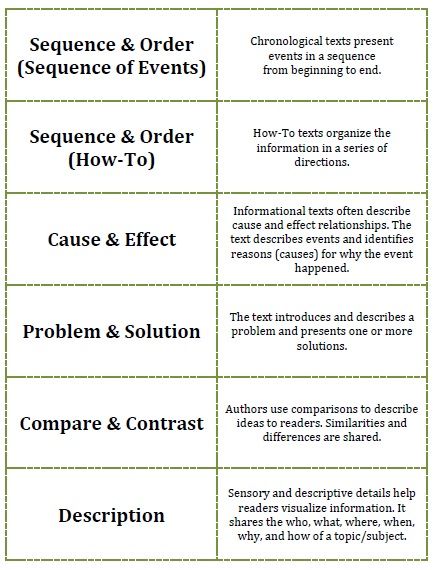
While reading levels can indicate if a child is below grade level, on grade level, or above grade level, the most important job these levels provide is to help a teacher develop a good strategy and plan to improve that child’s reading skills.
I think the biggest takeaway is that your child’s reading level does not determine their intelligence or even how successful they will be in school. Instead, reading levels help teachers and homeschooling parents determine the best strategies to help your child succeed.
How to Identify Your Children’s Reading Levels
Most children who attend school sit down one on one with their teacher multiple times a year so that the teacher can identify your child’s reading level. The teacher has the child read books from gradually increasing reading levels.
While the child is reading, the teacher takes into account how fluently and accurately the child reads, as well as their comprehension level.
To put it another way:
-
Fluency means the child reads the text without many mistakes and can read it fluidly.
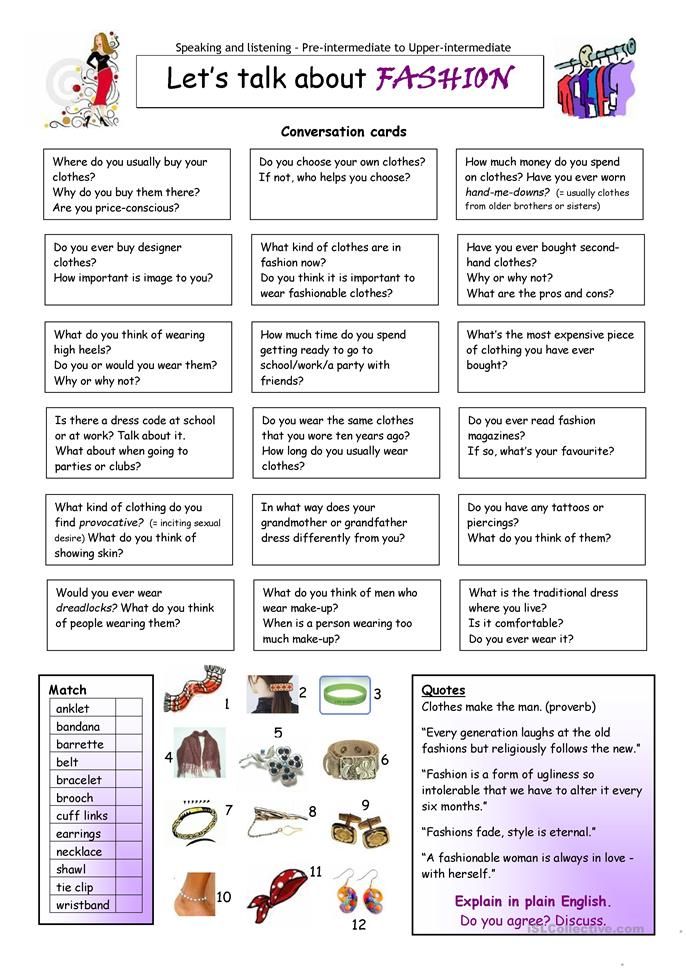
- Comprehension is how much the child is understanding from what they are reading.
A child who reads a book very fluently, without mistakes, can still not truly grasp what that book was about.
That lack of comprehension means that the book contains ideas, sentence structure, or vocabulary that is too difficult for them to understand and decipher. They would do better and enjoy reading more at a lower reading level.
How can you identify your child’s reading level at home?
Some websites advise parents to do an unofficial reading level assessment at home by making a running record. But I don’t think a running record is necessary at home. It’s overly complicated to just get an idea of your child’s reading skills.
A running record is basically making a copy of the page that your child is going to read and mark down anywhere your child makes a mistake. A teacher would use this to identify particular reading struggles to give them a more complete picture of the child’s reading abilities.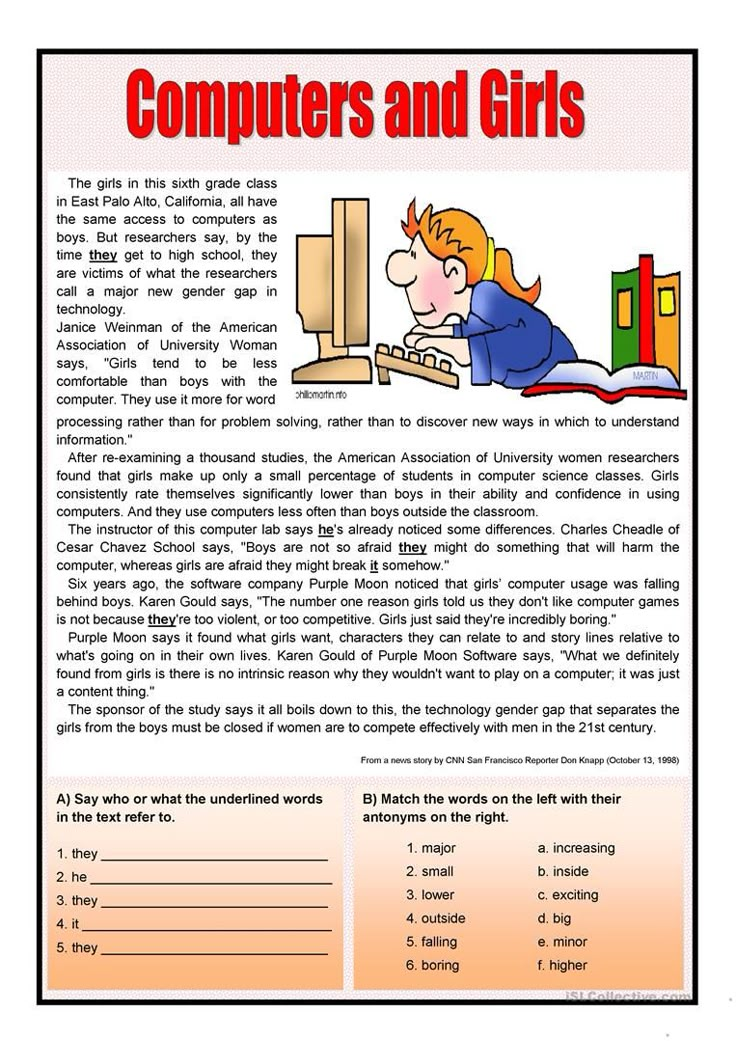
Instead, what I suggest is choosing a variety of books that hover right around their level. Choose books that are slightly below what you perceive your child’s reading level to be. Also, pick out books on their level as well as one or two steps above their reading level. This way they have material they can easily master as well as books that will challenge them.
I found this really great list at Scholastic that outlines books based on Guided Reading Levels (I’ll get more in-depth about the different reading level systems in just a minute).
Here is a list of my favorite books to use to gauge and practice reading levels at home:
- A-C – Bob Beginner Books 1 (you can’t beat them),
- D-F – David Board Books (Level D), Go, Dog, Go (Level E and a classic we all may remember from our own childhood), Pete the Cat: Too Cool for School (Level F)
- G-I – Biscuit book series (Level G), Big Shark, Little Shark (Level I), Elephant & Piggie series by Mo Willems
- J-M – Fly Guy series (level J), Pinkalicious Series (level K), The Book with No Pictures (level L), The Day the Crayons Quit (level M)
- N-P – Stellaluna (level N), Nancy Clancy series (level O), Horton Hears a Who! (Level P)
- R-S – Shiloh (Level R), Matilda (Level S)
- T-V – How to Train your Dragon (Level T), Bud, Not Buddy (Level U), Holes (Level V)
- W-Y – Walk Two Moons (Level W), The Little Prince (Guided Level X), Echo (Level Y)
In the Bob Books, your child should read a couple of the books as they progressively get more challenging.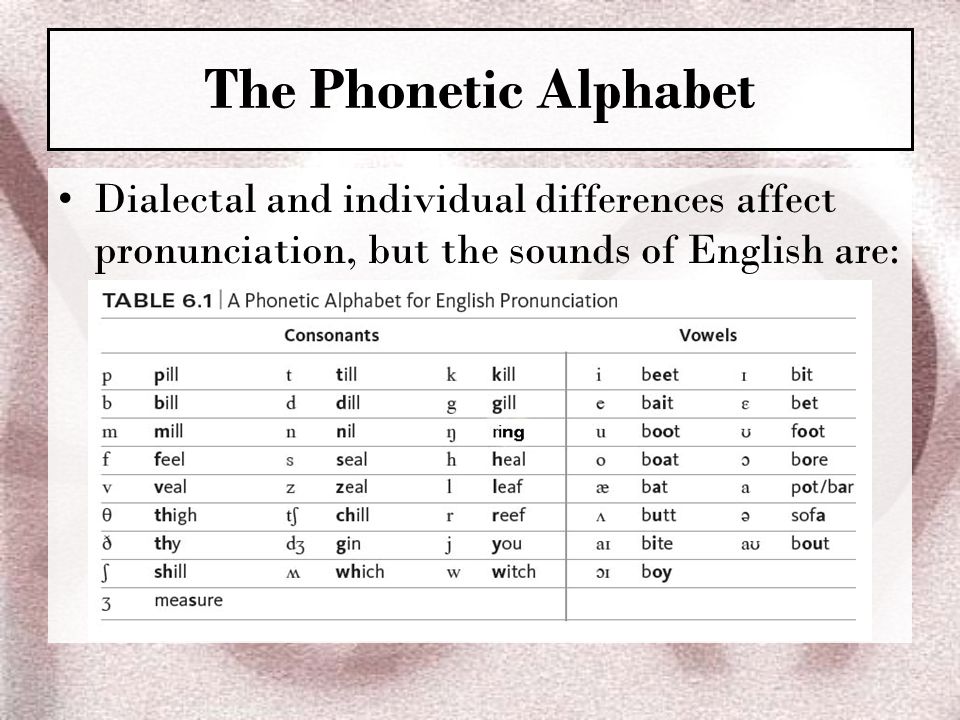 In other early reader short books, your child can either read the entire book or read a few pages.
In other early reader short books, your child can either read the entire book or read a few pages.
For longer books, one page is usually enough to get an idea if your child is mastering fluency and comprehension.
To gauge fluency, keep a simple tally count of mistakes as they are reading and notice if they are able to read with inflection and emotion. I keep track of mistakes by putting a clipboard on my lap under the table and making a small dot for each mistake. I make sure to do this completely out of the view of my child. The reason is simple: I don’t want them shutting down or losing the joy of reading simply because they see me marking mistakes.
Remember, the goal is to build a love for reading!
To evaluate their comprehension, you should pre-read the selection you are giving your child and have some ideas of a few questions you can ask them once they finish reading the selection.
When they get to a point that they are challenged but still comprehending with good fluency, you have found their approximate reading level.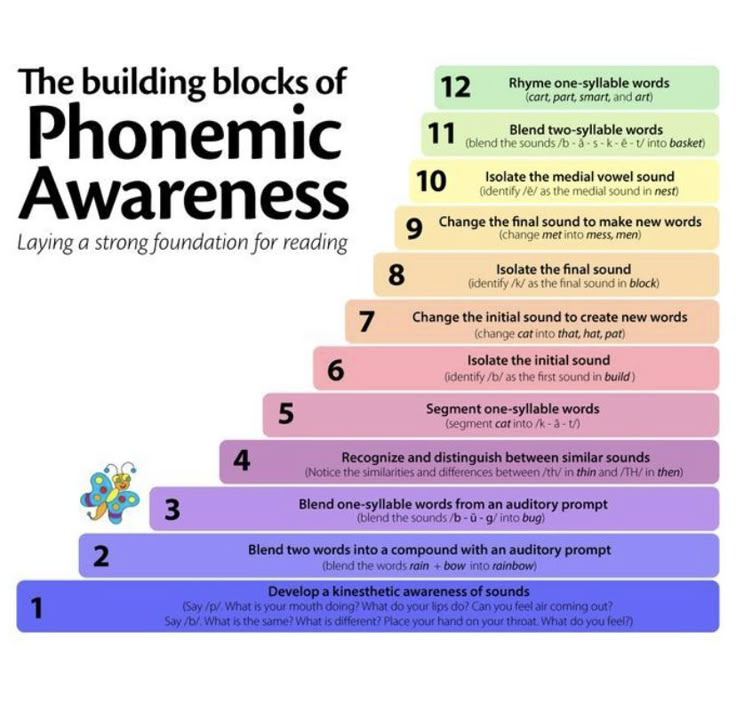
At home, they should have access to books that are one or two levels below their reading level. This builds confidence for budding readers.
The 4 Major Reading Level Systems
As if this whole reading level thing wasn’t confusing enough, there isn’t just one reading level system. In fact, there are 4 major reading level systems, which different school districts use.
The 4 major reading level systems are guided reading level, accelerated reader, developmental reading assessment, and Lexile measurement levels.
Let’s break these different systems down so you can understand the one that your child’s school uses, or one that you may want to adopt to track your child’s progress.
Guided Level ReadingThis is the system that I used to make the list of books for you to do your home reading assessment above.
It is also one of the most popular systems through school districts. So it only makes sense to go over it first.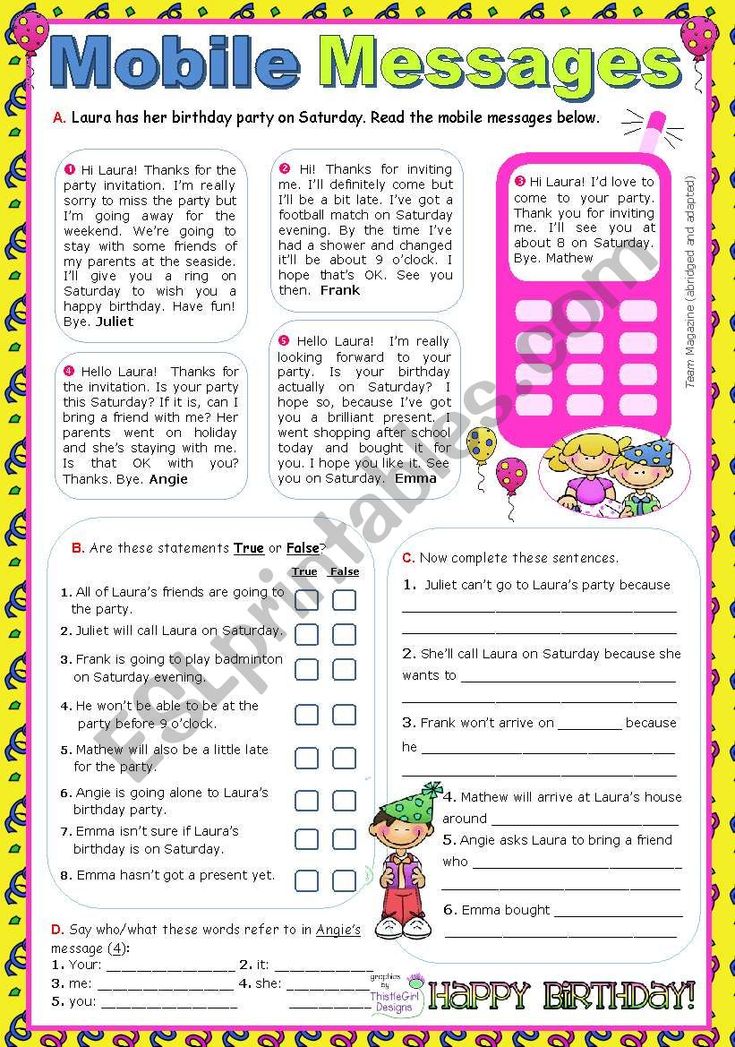
Guided Level Reading was developed by Irene Fountas and Gay Su Pinnell. It uses an alphabet system of dividing books into appropriate levels. Level A are the easiest books and they get progressively more challenging until you reach the most difficult books at Level Z.
For each grade level, there are multiple different reading levels so that as your child progresses they can get gradually more challenging books.
Children are tested on level by reading a benchmark book. That means a book that they have never read before is what you can use to determine their fluency and comprehension. The list of books I gave you above would be examples of benchmark books.
This system is popular because it gives a clear vision of where the child is with their reading skills but it isn’t as obvious to the child whether they are ahead, behind or on target with their peers. So it can be better for the child’s confidence and can reduce bullying or comparison.
This is by far my favorite system because once you know what letters correspond to which grade, it is very easy to understand.
Accelerated Reader
Accelerated reader is the system I remember from childhood. Books are based on grade level with a decimal system giving each grade a scale of 10. So what does that look like?
A book could be leveled at 1.8 meaning it’s a first grade level book but the difficulty is moving towards a second grade level book. The biggest difference between Accelerated Reader system versus the other systems is that it has a computer program that quizzes children on the books they read.
This can be problematic for children struggling with reading. Quizzes can cause anxiety even in young children, and cause a negative association with reading.
For that reason, I am not the biggest fan of this particular system, but it is still very popular in the school system.
Developmental Reading Assessment
This system also starts by testing a child by reading a benchmark book. Remember, a benchmark book is a book that helps test your child’s fluency and comprehension.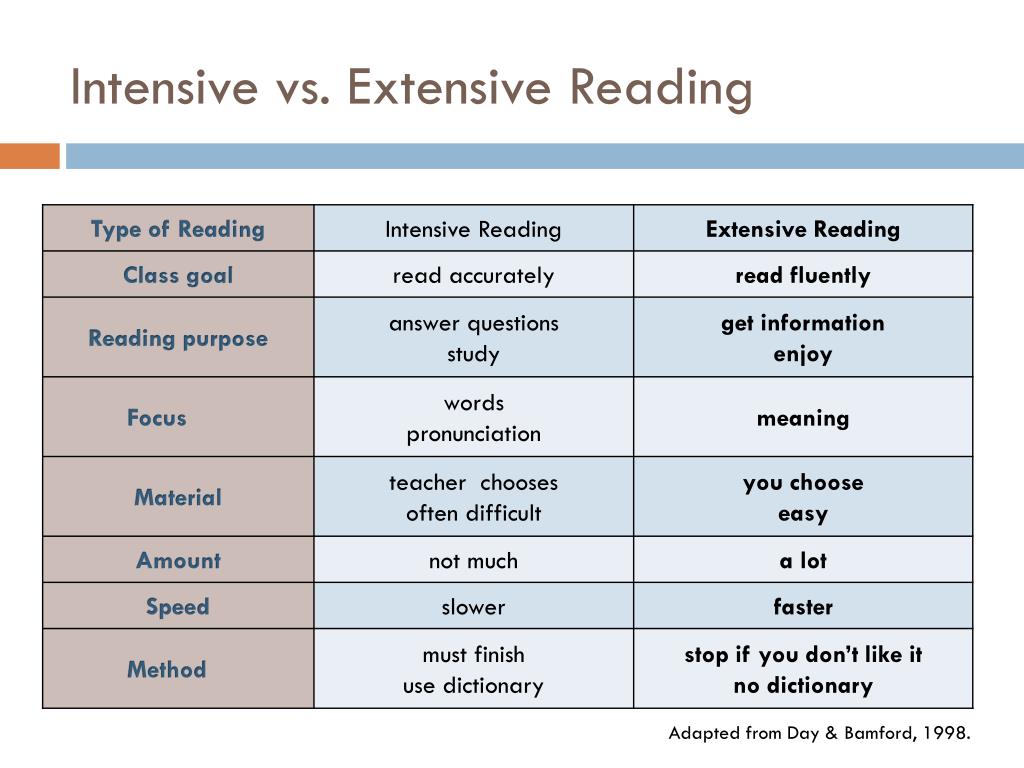
Developmental Reading Assessment (also called DRA) is a system of leveled books and tests created by Pearson (one of the most popular textbook and educational tools in the US).
I think this system is a little more confusing because it starts with a reading level labeled level A then immediately switches to numbers. So very beginning readers start with leveled A, then it switches to levels 1-80 with 80 being the most difficult.
This is also a very popular choice with school districts, so you may be used to seeing this.
This system ranks books and reading materials based on readability and how difficult it is to read them.
Lexile Measurement Levels
If your child’s reading levels look something like “200L”, then they are using the Lexile Measures system.
This system does not start with a benchmark book but with a standardized test. This system ranks books and reading materials based on readability and how difficult it is to read them.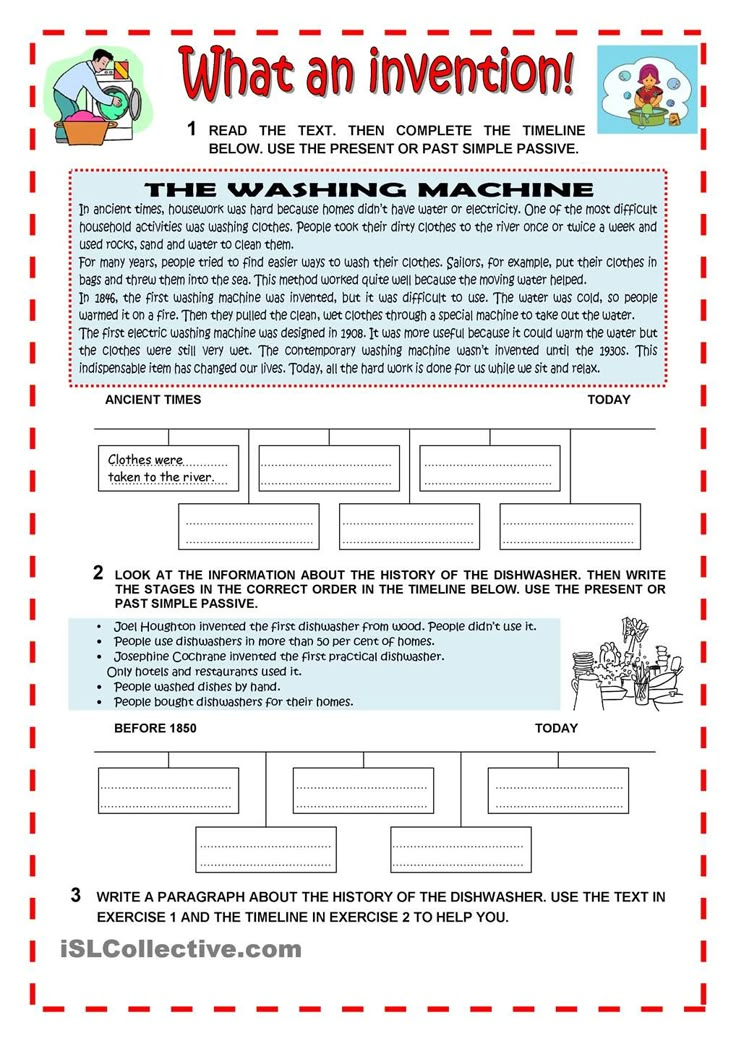
Levels for the Lexile Measuring system start with BR for beginner readers and then transition into a number like 700L for more advanced readers. Let’s be honest…this makes this system a little more confusing for us parents.
This is a less popular option for schools, but a few do use it. So I want to cover it in case you fall in this group.
What Levels Should Your Child be Reading Based on Grade?
Overall, reading levels are supposed to help with small reading groups and interventions if necessary. They also help a teacher to develop tailored instruction based on each child’s reading level.
How do you know if your child is reading on grade level based on their reading level?
I am going to break this down by grade and I am going to cover all 4 reading level systems: guided reading level (GRL), accelerated reader (AR), developmental reading assessment (DRA), and Lexile measurement levels (Lexile).
Then you can compare your child’s reading level with the reading levels for their grade to get a better understanding of where your child is with learning to read.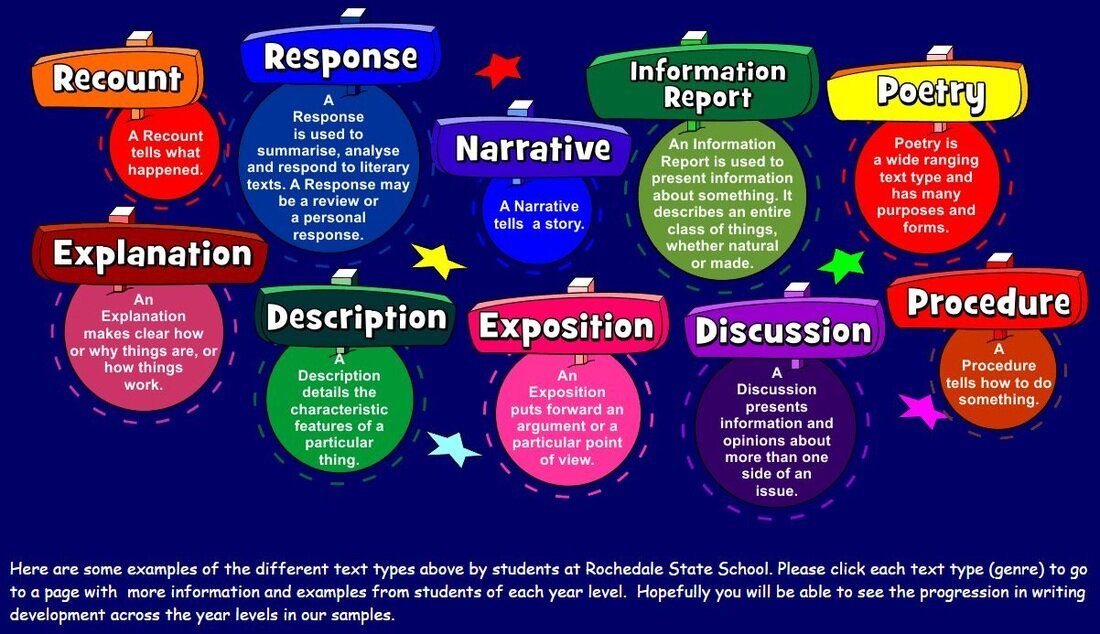
You can also notice that for all the reading level systems, except for accelerated reader, reading levels overlap between grades. So, for example, GRL reading level S could be for fourth grade or fifth grade.
Remember, your child may fall outside of these boundaries – they are just general guidelines.
Kindergarten Reading Levels
- GRL: A-C
- AR: 0.1-0.9
- DRA: A-4
- Lexile: BR40l-230L
- GRL: C-I
- AR: 1.0-1.9
- DRA: 4-16
- Lexile: BR
- GRL: I-M
- AR: 2.0-2.9
- DRA: 16-24
- Lexile: 107L-1080L
- GRL: M-P
- AR: 3.0-3.9
- DRA: 24-38
- Lexile: 415L-760L
- GRL: P-S
- AR: 4.0-4.9
- DRA: 38-40
- Lexile: 635L-950L
- GRL: S-V
- AR: 5.
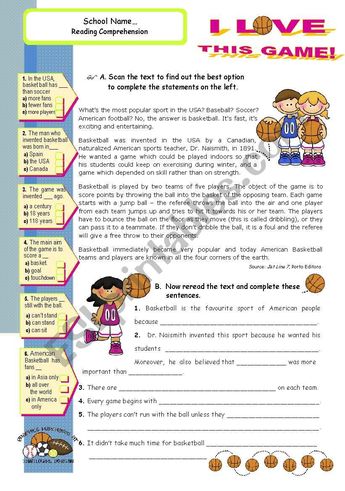 0-5.9
0-5.9 - DRA: 40-50
- Lexile: 770L-1080L
- GRL: V-Y
- AR: 6.0-6.9
- DRA: 50-60
- Lexile: 855L-1165L
What to do if Your Child is Reading Below Their Grade Level
If you are told your child is reading below grade level, it can be a gut punch. So what do you if your child is reading below grade level?
First, don’t panic. Children develop their reading skills at different stages, some children are early readers and some children take a little longer to get there. Just like some children walk early and some children walk late.
Next, just continue encouraging reading at home by reading books together and discussing what you’re reading. You can also continue to provide them reading materials they can comfortably read and enjoy.
Positivity and encouragement, along with shared reading time will go a long way!
How to Help Your Child Choose a Book to Read
So now that you know what your child’s reading level is and what that means, how can you help your child choose a book to read?
The number one factor in helping your child choose a book is to pick something they are interested in, even if it is above or below their level.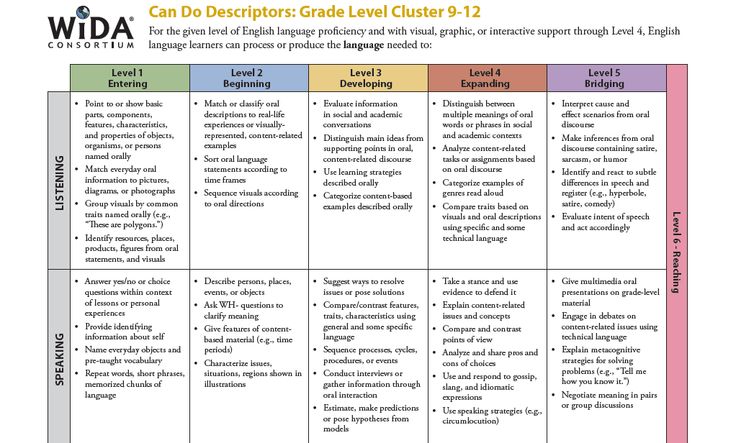
You want to foster a love for reading because it’s enjoyable. With time and practice, the skills will come! Of course, if you are truly concerned, speaking with your child’s teacher to come up with a game plan may be helpful as well.
The Takeaway
At this point, I hope you feel more confident in understanding the different reading level systems and how they are used to help your child to become a better reader.
Remember, your child’s score is not an indicator of how successful they will be and all children develop reading skills at different ages.
Just continue to nurture a love for reading with your child by providing them books they are interested in and spending time reading to them and with them. You’ve got this!
More Resources On Positive Parenting & Screen Free Kids:
- Safety Tips for Kids: Books to Reinforce Safety Rules for Kids
- Pros and Cons of Homeschooling: Weighing School Options
- 10 Ways to Limit Screentime and Raise Unplugged Kids
- Creating Screentime Rules for Summer (Free Printable)
- 10 Screen-Free Alternatives Before Bedtime
- Printable Screen time Rules Checklist for Kids (PDF)
How To Determine Your Child’s Reading Level And Choose The Best Books
When you sit down to read a book, you want to enjoy the story in front of you.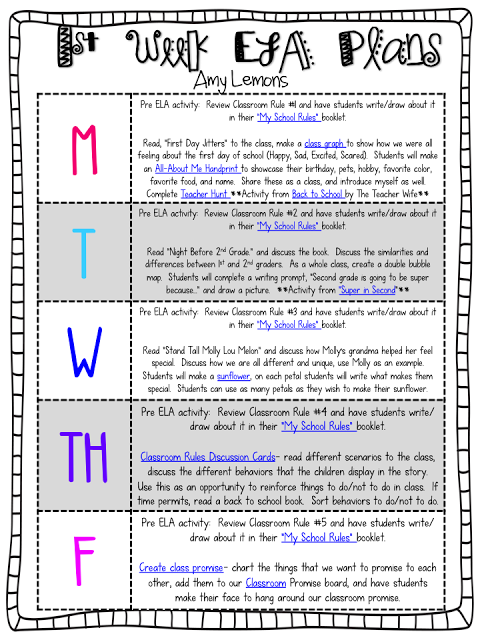 The same is true for your child. That’s why uncovering your child’s reading level is an important step in fostering their love of words from a young age!
The same is true for your child. That’s why uncovering your child’s reading level is an important step in fostering their love of words from a young age!
Consider the different factors that allow kids to enjoy the books they read. For example, does it tie into their interests, and is it slated as an appropriate option for their level? By answering these questions, you can make sure they’re reading books that are just right for them!
If your child is in school, you’re probably no stranger to jargon like “reading level.” But what exactly does Lexile Framework, Guided Reading Levels (GRL), or Developmental Reading Assessment (DRA) actually mean?
Additionally, if your child is just starting to read on their own (or already reading independently) and is learning from home, how can you figure out what reading level is right for them? If any of these thoughts have crossed your mind, you’ve come to the right place.
We’re here to answer your questions so you and your child can sit down and enjoy a good book together!
What Is A Reading Level?
A reading level is simply a measure of your child’s ability to read text.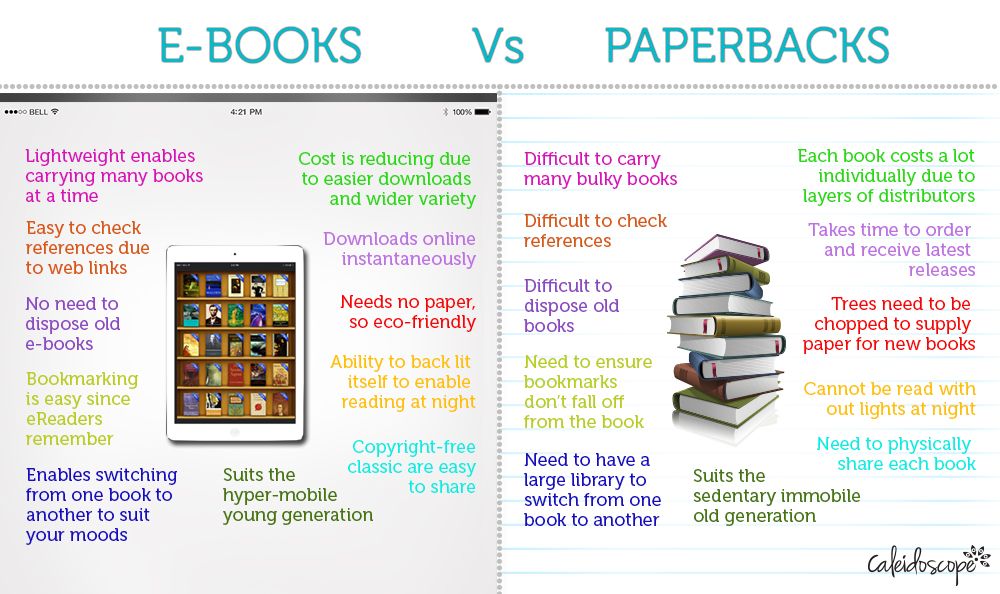 It reflects how well your little one can read independently. Importantly, reading levels help you choose books that are a good match for your child while still presenting a challenge.
It reflects how well your little one can read independently. Importantly, reading levels help you choose books that are a good match for your child while still presenting a challenge.
Keep in mind these levels are meant to be helpful, not stressful. They don’t limit your child, but, rather, help them blossom into a fluent, excited reader.
When your child reads books that are appropriate for their current reading level, it boosts their confidence so they can truly enjoy reading! Also, knowing what level your child is at allows you to work with them to improve their skills.
That being said, it’s important to remember that children are unique and develop differently. Comparing your child to their peers isn’t necessarily the best approach when trying to assess their reading ability.
Why Is Determining Reading Level Important?
It’s helpful to determine your child’s reading level so you can find books that are appropriate for them to read on their own: not too difficult but challenging enough to encourage growth.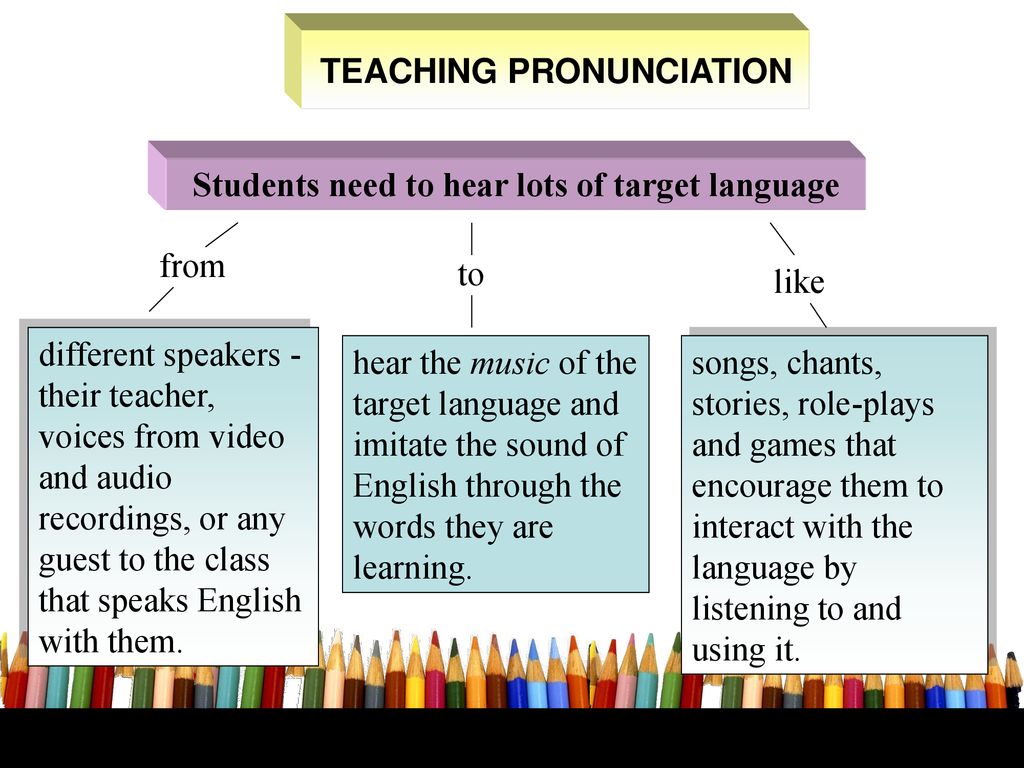
Reading level classification is a convenient tool you can use when searching online or at the library. And when you provide books that are on your child’s level, you create excitement and build their confidence, which can lead to a lifetime love of learning and reading!
If you’re looking for ways to help your little one read at the best level for them, Our new app HOMER Learn & Grow has a Stories section that gives age-appropriate story recommendations!
This is a great resource that takes your child’s specific interests and recommends stories just for them. What’s more, your child can choose to read along or read on their own.
How Is Your Child’s Reading Level Measured?
Your child’s reading level is usually measured at their school in first or second grade, and we’ll show you how that’s done. Here’s a tip: since your child’s teacher knows their reading level, consider asking the teacher (or the school librarian) for books your child can read at home.
Don’t worry if your child isn’t in school yet or if they’re homeschooled. We’ll show you how you can measure their reading level at home, too!
Before we dive in, it’s important to note that we think of books for kids at three levels: independent reading, instructional reading, and frustrating to read.
As the names indicate, independent reading books are ones a child can read with ease and without support from an adult.
Instructional ones are the books just above independent that teachers might use to stretch a child’s reading as they offer support while the child makes that next step. Finally, frustrating books are too hard for a child to read even with adult guidance.
Now that you have an idea of how to think of the different books your child might encounter, let’s talk about the tools used for determining or describing reading levels.
Lexile Framework For Reading
Lexile Framework For Reading is an educational tool that ranks books by order of their difficulty using a scale called a Lexile.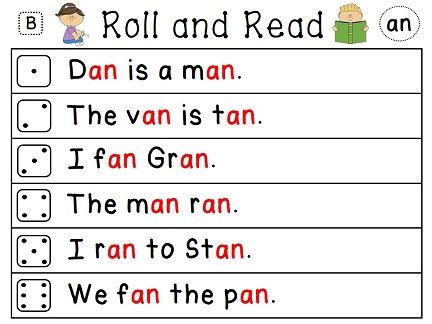 Usually, your child’s teacher will determine their Lexile reading level and then choose books that have a matching score.
Usually, your child’s teacher will determine their Lexile reading level and then choose books that have a matching score.
The Lexile score, or measure, describes your child’s reading ability and matches them with books and other reading materials. This measure ranges anywhere from 0L to 2000L.
Kids are encouraged to read within their Lexile “range” — 50L above to 100L below their actual level. For instance, if your little one is reading with a Lexile measure of 500L, they would read books ranging anywhere from 400L to 550L.
Using standardized assessments, schools will often measure a child’s reading level several times a year to help them select books that are appropriate for independent reading.
Guided Reading Levels (GRL)
GRL is a guided reading system used in some schools.
To determine reading levels using GRL, children sit one-on-one with their teacher and read from a book that’s considered standard for their grade level — a “benchmark” book. GRL books range from A to Z with A being the easiest.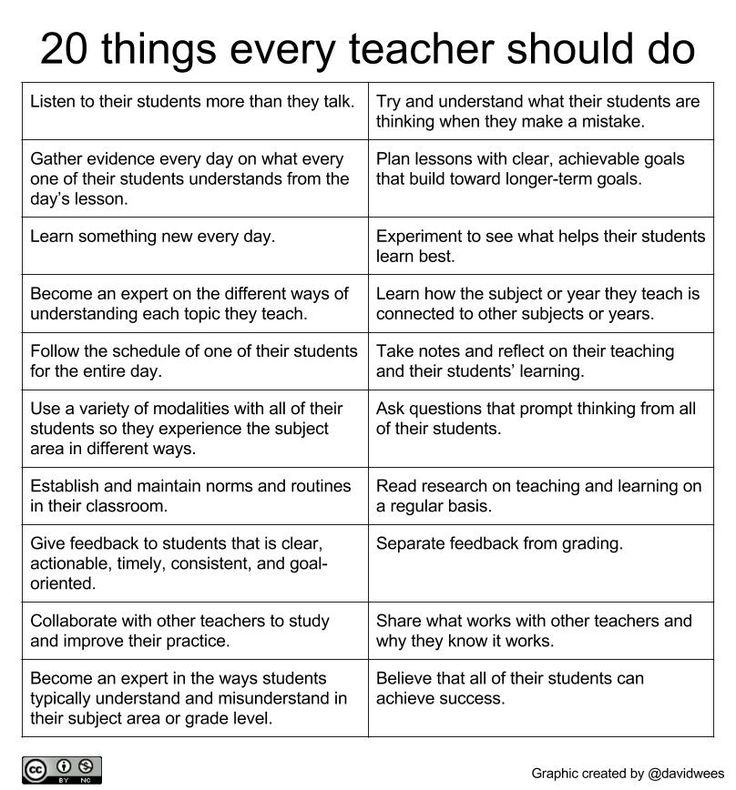
While reading these books, the teacher will take notes on any missed words and ask comprehension questions, such as, “When did the story take place?” or, “What was the problem in the story?”.
Through guided instruction, the teacher will gradually move children into more difficult books.
Developmental Reading Assessment (DRA)
DRA is a standardized reading test given by teachers or reading specialists. As with GRL, children sit individually with the test administrator and read a book.
Several factors are taken into consideration to determine reading level, including:
- Reading comprehension
- Phonemic awareness
- Fluency
DRA books are labeled with an A for the easiest books and then move into a numerical grading system. The levels range from 1 to 80 with 1-3 representing a kindergarten reading level and 80 representing an eighth-grade reading level.
Once a child has a DRA or a GRL level, a teacher or parent can search for the reading level of any particular book and can usually discover either the Lexile, DRA, or GRL of that particular text. Here’s a chart for your reference.
Here’s a chart for your reference.
At-Home Reading Levels
If you’re looking for a way to find out your child’s reading level without using any of the methods listed above, you might try the five-finger rule.
For the five-finger rule, choose a book and flip to any page. If your child seems to have trouble reading more than five words on the page, it’s a good indicator that the book is too advanced for them.
To be sure, though, you can have your child try another page, especially if they seem eager to read a particular book.
This can be a helpful strategy, but it’s OK to let your child try a book and see how the reading goes. If a book is too hard, most kids will figure that out — and there is nothing wrong with reading books that are too easy!
Sometimes a child may be interested in a book that’s a little too hard for them. If this happens, we encourage you to read aloud to your child. You can also read together by alternating pages, paragraphs, or sentences.
It’s important not to completely avoid books that may be a little above your child’s reading level.
Even if your child struggles a bit to read them without assistance, these books can still be beneficial in helping build their vocabulary, improve comprehension, and increase general knowledge — not to mention, encourage their love of reading!
When your emerging reader seems overwhelmed by one book, you can always give the five-finger rule a try with other books until you find the right match. And if your child is particularly interested in a topic, you can always read the book to them and stop on words you know they can read.
Also remember that when a child is really enjoying a book and highly motivated to read it, they will read at a higher level than if the material is not as interesting to them.
Tip: Most libraries and bookstores have books arranged by reading level so you can easily choose the best one for your emerging reader!
Feel free to ask librarians and knowledgeable staff at bookstores to offer suggestions.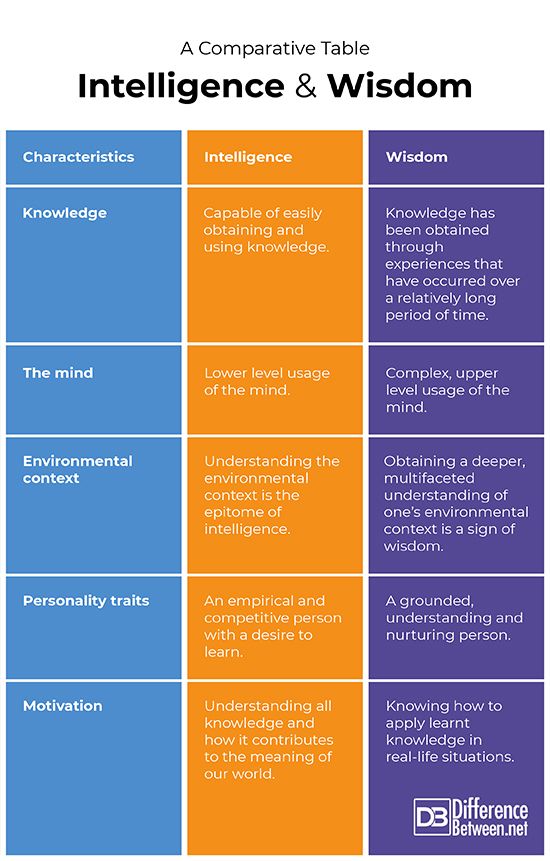 You could even say something like, “My child happily read a Clifford book; can you suggest others at the same level?”
You could even say something like, “My child happily read a Clifford book; can you suggest others at the same level?”
How To Help Your Child Become A Stronger Reader
As we mentioned earlier, you can easily determine your child’s reading level at home so that you can help them choose books that are just right! We suggest incorporating some of the tips below to help your child become a stronger reader.
Start With Clues
- Is your child using “sounding out” techniques to figure out unknown words?
- When your child reads, are they getting tripped up by sight words — common words that are hard to sound out?
- Is your child using pictures to help them understand what is written on the page?
- Is your child using context clues to figure out what word makes sense to come next as they read sentences?
Check Vocabulary
- Play games with your child to see what words they know. For example, say a sentence and point out one word in the sentence.
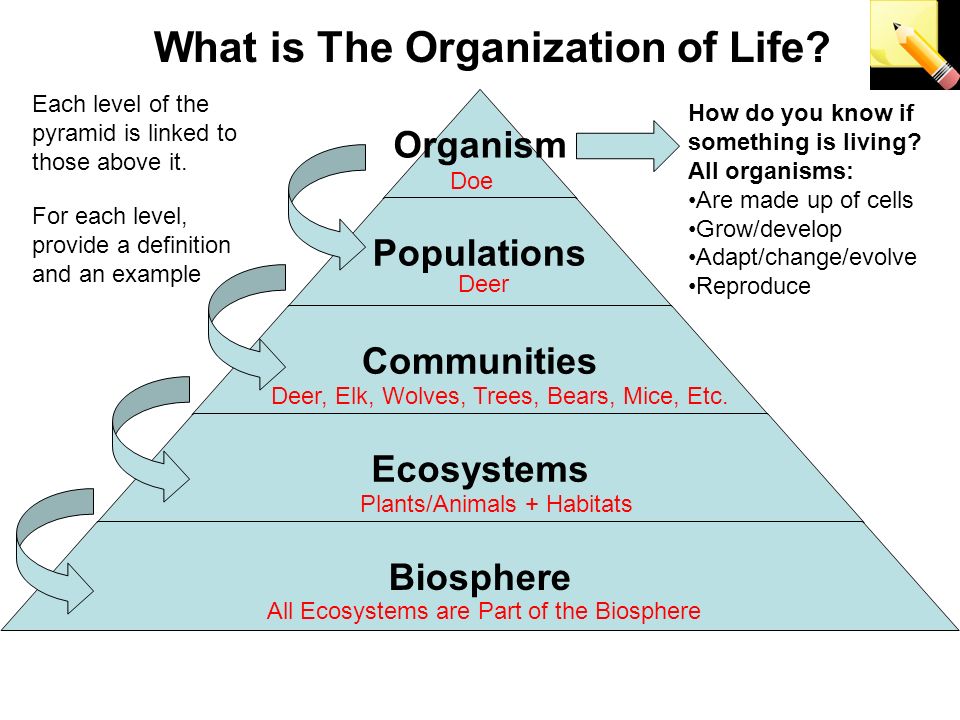 Then ask them if they can come up with a different word (synonym).
Then ask them if they can come up with a different word (synonym). - Play synonym games to see what words your child knows. For example, challenge yourselves to think of 10 or more ways to describe speaking (shout, whisper, mumble).
While you’re talking with your child, describe something specific from your day. Make sure to use interesting adjectives, and don’t hold back from using sophisticated vocabulary when talking with your child.
You can help your child’s vocabulary grow through day-to-day conversations and activities!
Ask Comprehension Questions
Understanding what they read is an important part of your child’s reading journey.
- To check for reading comprehension, we suggest pausing every other page to talk about what you’ve just read. Make this a natural reaction to the story, like you’re thinking aloud about the story or characters, so that it doesn’t feel like a test.
- Consider encouraging your child to act out and retell the story (for younger children).
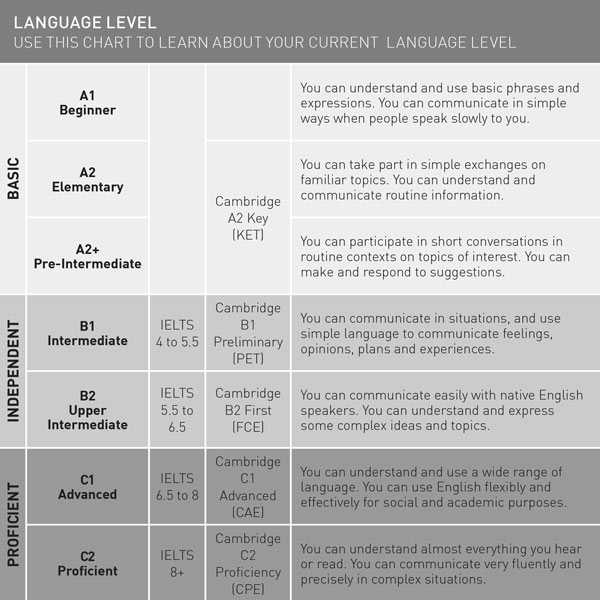
- Try discussing themes/lessons with your child (for older children). Remember: this isn’t a test, but a conversation between book lovers!
Talk To Your Child
When most people implement strategies to help their children improve their reading skills, they often forget about the importance of verbal communication. It’s essential to talk to your child frequently in short and simple sentences.
This includes singing songs, telling them wonderful stories, reciting fun nursery rhymes, and describing the world around them. All of this exposes children to lots of different words. It also helps them learn that language is a powerful tool for communication.
Discover Your Child’s Favorite Books
- Children often choose books that are a little below their actual reading level. At home, this is a good thing. It keeps reading fun and exciting!
- We recommend choosing books that interest your child — with a certain character or activity they like — so they’re curious and excited about reading.
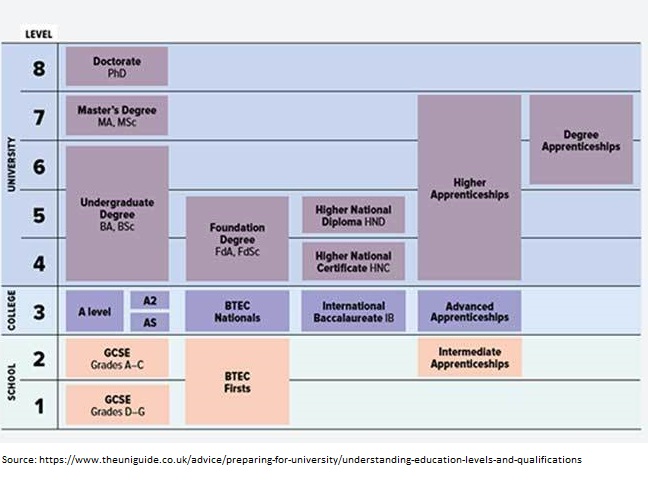
Reading books your child enjoys together can encourage their love of reading. And letting them read those same books to you can boost their confidence over time.
Together, these two activities increase your child’s fluency and reading enjoyment!
Create A Reading Corner
Establishing a reading corner in your house can benefit your child. The setup doesn’t need to be elaborate. This can be a simple, quiet, private area where your child can confidently read independently or with you.
It’s also great for the spot to be well-lit and filled with lots of books your child enjoys reading.
Is Reading The Same Book Over And Over OK?
Just like you might pick up an old favorite book to read, your child may do the same, and that’s OK! At least you know they’re enjoying a good book and the process of reading!
Rereading books can have many benefits for a child, including:
It allows children to get more from the text. Have you ever developed a deeper understanding of a story after rereading it? That’s because the more you engage with a story, the more you can take away from it.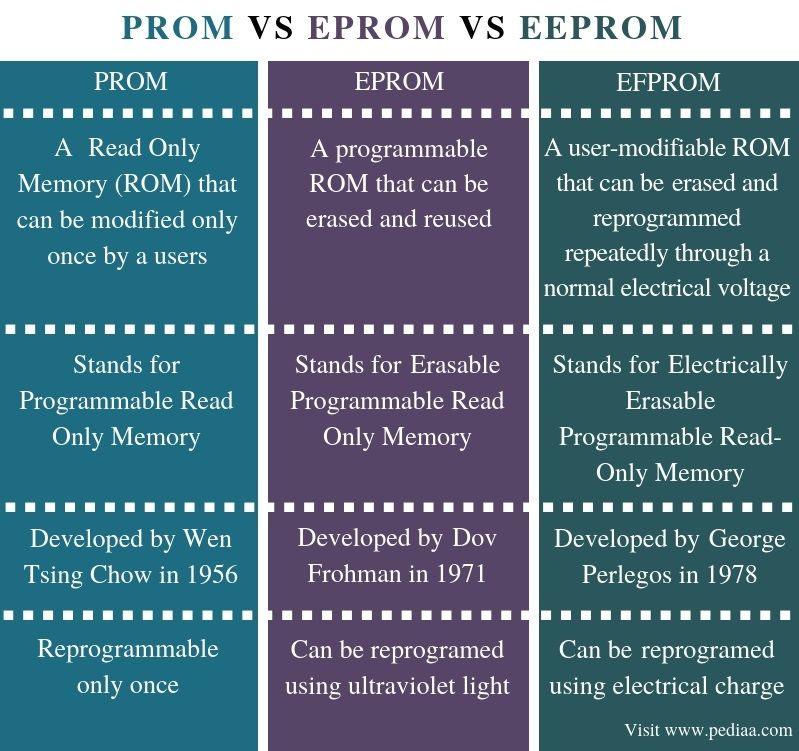
You can pick up on new information, establish connections between yourself and some of the characters, and even improve your understanding of the overall story.
Similarly, allowing your child to read their favorite books for the second, third, fourth (or more) time will enable them to get more from the story.
It also allows for bonding. Did you know that rereading books can help bring your family closer together?
Many of us remember a couple of books that our family read together regularly. This can be a holiday book or a favorite story. Rereading is a great way to get the whole family involved, as everyone can take turns reading and connecting on the same story.
What’s more, reading familiar books can actually help develop a young reader’s fluency. It allows them to learn the words and helps them become familiar with narrative structure or storylines (i.e. beginning, middle, and end), which builds reading comprehension later on.
So feel free to let your child choose the same book over and over!
FAQs About Reading Levels
What Reading Level Should My Child Be In Each Grade?
It’s challenging to answer this question because each child is different and will naturally develop at their own pace.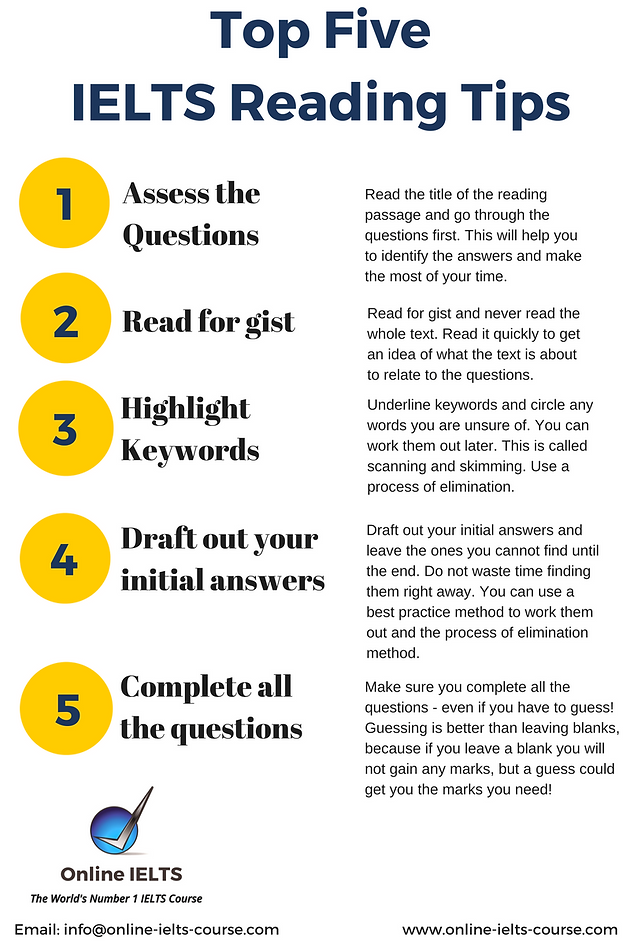 For example, just because your child’s friend has started reading fluently doesn’t mean your child will be able to do that yet.
For example, just because your child’s friend has started reading fluently doesn’t mean your child will be able to do that yet.
While no parent wants their own child to be a little behind compared to their peers, putting too much pressure on them to “catch up” might actually have an adverse effect. In fact, they might feel overwhelmed by the pressure and develop a negative attitude toward reading.
It’s also important to note that there’s no direct link between a certain Lexile measure and a specific grade level. When using any of the reading level measures we mentioned, remember that they are an estimate of a child’s performance and shouldn’t be interpreted literally.
Also, if you’re really concerned about your young learner’s development, you can always address those concerns with their teacher or another professional. They can offer tips and advice on how to best work with your child.
Finally, remember to be patient and positive no matter what. With lots of time and effort, your child will develop a lifetime love of reading!
Who Can Help Me Choose Books That Match My Child’s Reading Level?
The best place to start is to consult your child’s teacher.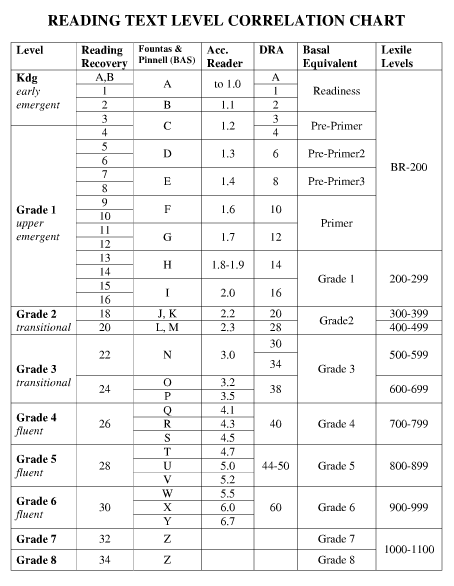 They will have the expertise to guide you in buying the right books for your child.
They will have the expertise to guide you in buying the right books for your child.
It’s also possible for you to look up most books online and find their reading levels. Furthermore, for beginner readers, there are publishers who label books in stages with age and/or grade suggestions attached.
If you’re homeschooling, you can also reach out to your local librarian or bookstores. As people who spend each day surrounded by books, they often have knowledge on this topic and may be able to recommend a few relevant books in your child’s reading level.
What If My Child Is Reading At A Lower Level?
The last thing a parent wants to hear is that their child’s reading level isn’t on par with their peers. But what can you do if, from the assessment used at your child’s school, you find out that your young learner is reading below the average grade level?
Firstly, it’s important not to panic. As mentioned earlier, kids develop reading skills at different stages of their development. Some children might be early readers, while others may take time to get there.
Some children might be early readers, while others may take time to get there.
The most effective way to help your child improve their reading level is by continuing to encourage reading at home. While reading, remember to discuss the content to ensure comprehension.
Reading For Fun
From assessments to the five-finger rule, determining reading levels varies across the board. No matter which method you choose, remember these measurements are meant to be helpful and encouraging, not stressful and limiting.
Keep this in mind when assessing your young learner. You don’t want your child to sense any stress about their abilities, as this might overwhelm them and have an adverse effect on how they view reading.
While reading is an essential early learning (and lifelong) skill, you want your child to LOVE reading and not only view it as a test of their intelligence.
At the end of the day, the way reading makes your child feel is more important than their reading level.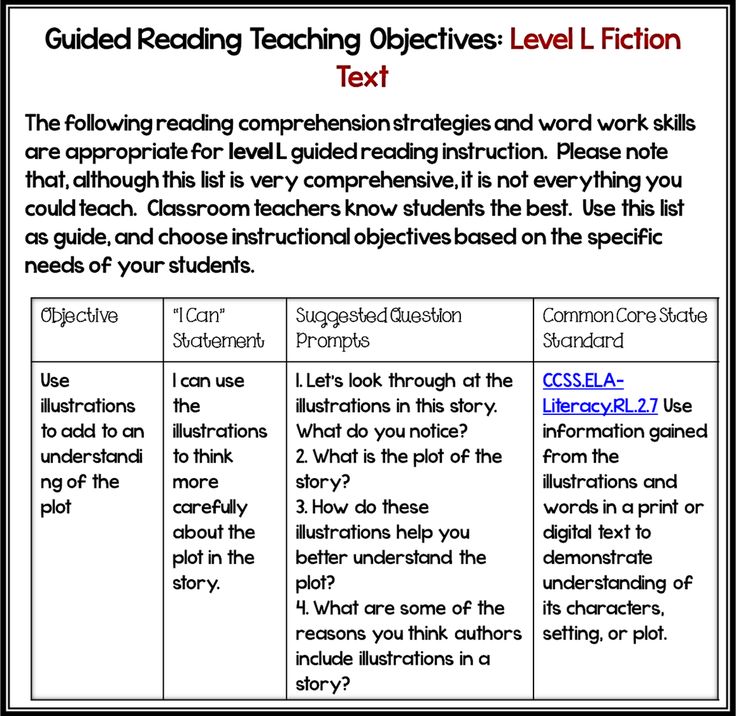 Each child learns in a way that’s special and unique to them.
Each child learns in a way that’s special and unique to them.
The HOMER Road To Reading
The road to discovering how to read can be a fun ride, but sometimes it’s bumpy. This is why we’re more than a learning program. We’re your learning partner.
If you’re looking for a resource to help develop your child’s love of reading and learning, consider taking a look at the HOMER Learn & Grow app. It’s full of stories curated based on your child’s interests!
When your child develops a love for reading, they’ll move up to the next level before you can say “Developmental Reading Assessment”!
Author
The concept of semantic reading - For teachers
| Reading is the best teaching. Follow the thoughts of a great man - is the most entertaining science" Pushkin
complexity of the reading process, most researchers distinguish two aspects of it: technical and semantic. U for a beginner reader, understanding arises as a result of the analysis and synthesis of syllables in words, and for an experienced one, the semantic side is ahead of the technical one, as evidenced by the appearance of semantic guesses in the process of reading (A. R. Luria, M. N. Rusetskaya). Meaningful reading associated with understanding Levels of understanding text Purpose semantic reading - to understand the content of the text as accurately and fully as possible, to catch all the details and practically comprehend the extracted information. Semantic reading cannot exist without cognitive activity. After all, for so that reading is meaningful, learners it is necessary to accurately and fully understand the content of the text, to draw up your own system images, comprehend information, i.e. carry out cognitive activities. Exists many ways of organizing cognitive activity that contribute to development of semantic reading skills such as: problem-search method, discussion, discussion, modeling, drawing. Semantic reading is different from any other reading (for example, "introductory" or “search for information”) by the fact that during the semantic form of reading, processes comprehension by the reader of the value-semantic moment, i. One one of the ways to develop reading literacy is a strategic approach to semantic reading. Semantic reading – type of reading, which is aimed at understanding the semantic content of the text by the reader. AT concepts of universal educational activities (Asmolov A.G., Burmenskaya G.V., Volodarskaya I.A. etc.) semantic reading actions related to: comprehension of the purpose and choice of the type of reading in depending on the communicative task; definition of primary and secondary information; formulating the problem and the main idea text. For semantic understanding is not enough just to read the text, it is necessary to evaluate information, respond to content. Because reading is a meta-subject skill, then its constituent parts will be in structure of all universal educational activities: personal UUD includes reading motivation, motives teachings, attitude to oneself and to the school; into regulatory UUD - the student's acceptance of the educational tasks, arbitrary regulation of activity; into cognitive UUD - logical and abstract thinking, working memory, creative imagination, concentration, vocabulary volume. B scientific literature "strategies semantic reading" are understood as various combinations of techniques that students use to perceive graphically designed textual information and its processing into personal-semantic attitudes in accordance with the communicative-cognitive task. Essence semantic reading strategies lies in the fact that the strategy is related to choice, functions automatically at an unconscious level and is formed in the course of development of cognitive activity. Reading strategy training includes self acquisition skills: · distinguishing types of message content - facts, opinions, judgments, assessments; recognition of the hierarchy of meanings within the text - main idea, theme and its components; own understanding is a process of reflective perception of the cultural meaning of information. According to N.N. Smetannikova, strategy is a plan-program of joint activities in which a lot of students works independently under the guidance of a teacher. K semantic reading strategies include technologies aimed at developing critical thinking of students. Critical thinking means process correlation of external information with the knowledge available to a person, development decisions about what can be accepted, what needs to be supplemented, and what should be rejected. At the same time, situations arise when you have to adjust your own beliefs or even abandon them if they contradict new knowledge. Methodological The foundations of critical thinking include three stages that must be present in the lesson in the process of cognition: challenge (motivation), comprehension (implementation), reflection (thinking). Sequential implementation of the basic three-phase model in the classroom helps to increase the efficiency of the pedagogical process. Critical development technologies thinking, as well as strategies for the development of semantic reading, are aimed at the formation thoughtful reader who analyzes, compares, compares and evaluates familiar and new information. Follow to note that working on the formation of a functionally literate reader, should take into account the modern conditions in which our students live. It's about about the technologization of all spheres of life. International studies show close relationship between the quality of reading in the electronic environment and the quality of reading text presented on paper. That is, if students show high or low level of literacy, reading on paper, they show similar results when reading in an electronic environment. Tem However, teaching screen reading requires both theoretical rethinking the concept of reading, and the creation of new teaching methods (new technologies). 1. When screen reading increases the importance of viewing, search views reading, as well as the role of information selection during repeated reading. 2. The very structure of the electronic text can be represented as a hypertext. In hypertext, the direction of reading is not necessarily linear, as in printed text. from here we conclude: the school needs to teach children to work not only with printed, but and with electronic and audio editions. All this is related to the concept functional literacy is the ability of a person to use reading and letters in terms of obtaining information from the text and in order to transmit such information. This is different from elementary literacy as an ability of the individual read, understand, compose simple short texts and perform the simplest arithmetic operations. In this regard, the words of Alvin Toffler are interesting: “At 21 century, the illiterate will not be considered the one who cannot read and write, but the one who who does not know how to learn and relearn, using the ability to read and write. Reading is the most important means of socialization students. We are currently seeing the dominance of pop culture through everything. Today, when access to information becomes one of the main criteria for success, the ability to to process it effectively, we, educators, especially need the development of those qualities that yesterday seemed natural and did not require special attention. Right now, the ability to quickly learn and retrain in any age, development of their potential and expansion of existing abilities, and also the formation of strategic reading skills can be the key to success every teacher. Location semantic reading in GEF Reading - the foundation of all educational results indicated in the Federal State Educational Standard. Leading the purpose of general education is development of motivational, operational and cognitive resources of the individual a student in the conditions of a system-activity approach to the organization of education. motivational resources are value orientations, educational needs and interests, which determine the motives of activity; operational resources include mastered universal and special methods activities; cognitive resources are, first of all, knowledge that forms the basis of scientific representation about the world, subject skills and abilities. Development motivational, operational and cognitive resources of the individual correspond to personal, meta-subject and subject results of education. On the scheme presents groups of meta-subject results related to the semantic reading. System and activity the approach determines the form of organization of learning: learning activities. Key the concepts of learning activity are "motivation" and "action". First stage in the organization of educational activities is the creation of conditions for motivation of students to activity. Motives expressed through the cognitive interest of students. The motive implies a special selective orientation of the individual to educational activities. Criteria cognitive interest are: active involvement in educational activities, focus on this activity, the emergence of students questions that they ask each other and the teacher or on the basis of which the information request is formulated. Under educational actions understand specific ways of transforming educational material in the process of completing educational tasks. Training action is an integral element of activity, transforming not only form of information, but also translating it into an internal plan that causes a change the student himself, his understanding of processes and phenomena, the meaning of the material being studied. Action performed on the basis of operations, correlated with specific conditions and means. Task teacher is to highlight the appropriate learning activities and create conditions for their development students and determine the means of activity. B exemplary programs, subject goals and planned learning outcomes are specified to the level of educational activities that students must master in the educational activities for the development of subject content. Allocate universal (UUD) and subject learning activities. Instrumental basis of educational activity are universal learning activities that are over-subject in nature. K they include the actions of goal-setting, search and selection of the necessary information, modeling, research, design, interaction, self-control and other. Universal learning activities - a set of student actions and related learning skills that ensure his ability to independent the assimilation of new knowledge and skills, including the organization of this process. Universal learning activities reveal the internal essential connections of objects and phenomena, give the truth in all concreteness and objectivity, form the basis of scientific outlook and practical activity, have the property of broad transfer. Universal learning activities act as the basis for achieving educational results, since they contribute to the development of theoretical thinking: generalization, analysis, synthesis, evaluation, reflection and others. subject actions are a special kind of practical activity that exists within science and serving her. subject actions are directly related to the purpose of educational activities, have certain subject matter. In objective actions, an attitude is manifested to reality. subject actions provide practical activity - in this case actually reading. Contents education is seen as a unity of knowledge, activity and development students. Fundamental the core of the content of general education is: system of scientific knowledge permeated with worldview ideas. universal learning activities, the formation of which is aimed at the educational process. Specification, differentiation and individualization of the invariant content of education is provided in the shell, which is a variable part, represented by an additional, auxiliary, alternative educational material and special subject actions. Skills semantic reading are the basis for mastering the main content education. What such meaning meaning - s-thought, i.e. with thought. Simply put, it means what thought is inside word, text, gesture, picture, building, etc. thought, in turn is always tied to action. Any thought means certain actions leading to the final goal, state, image. meaning as applied to a text, and in particular to the minimum unit of that text the holistic content of any statement is understood, not reducible to meanings its constituent parts and elements, but itself defining these meanings. Meaning actualizes in the system of meanings of the word that side of it, which is determined given situation, given context. Required understand the difference between the concepts of "meaning" and "meaning". L.S. Vygotsky (“Thinking and Speech”, 1934) noted that “if the ‘meaning’ of a word is objective reflection of a system of connections and relationships, then “meaning” is the introduction of subjective aspects of meaning appropriate to the moment and situation. Stages in the perception of the text, decoding the information contained in the text. First stage - the actual perception of information, contained in the text (direct perception of meanings, reception of a message). On At this stage, it is important to understand the meaning of the words, utterances found in the text, fragments. They serve as a means of expressing meaning. For different contexts, may be different. And comprehend the linguistic means of the text (i.e. open them meaning) does not mean to understand the meaning of the text. Second stage - understanding (comprehension of the message through the analysis of the external form). understand text means: select in words contextually updated values reveal surface meaning based on these meanings. Third stage - interpretation. To understand the text, active analysis is required, comparison of text elements with each other. Few understand the immediate meaning messages in the text, a process of transition from the text to the selection of the one in the text is necessary. what is the inner meaning - interpretation. Awareness of inner meaning takes place taking into account the context and motivation of the reader. Degree and the depth of perception of the inner meaning depends on many reasons related to reader's personality: erudition, level education, intuition, sensitivity to word, intonation, skill experience emotionally, · spiritual subtlety. "Contents text always has many degrees of freedom: different people understand the same text in different ways due to their individual characteristics and life experience” (L. Vygotsky). Ability evaluate internal subtext, which may not correlate at all with ability for logical thinking. These both systems are a system of logical operations in cognitive activity and a system for evaluating the emotional meaning or deep meaning of a text. A.R. Luria, are completely different psychological systems. Understanding text is a complex process of three stages: selection in words contextually actualized meanings; identification superficial meaning based on these meanings; interpretation – comprehension of the inner meaning, taking into account contextual motivation. Method work with text Stage 1. Perception Work with primary perception (formation of semantic attitudes). Shaping emotional evaluation of the text using questions: What did you like? (Not did you like it?) Why? What is the text about? (primary work with title) Stage 2. Structural-functional analysis Work with parts of the text. Application of schemes, tables, other visualization techniques. B literary texts also analyze the plot, composition, are characterized characters (their appearance, speech characteristics, attitude, actions, motivation actions), the system of images is analyzed, the chronotope is built. Work on the meaning of the episode or key scene. Stage 3. Reconstruction of semantic structures Isolation episodes, building alternative models. B literary texts: interrupting the action at the climax and making hypotheses regarding the plot, the fate of the characters, the meaning of the work as a whole. Stage 4. Semantic compression Understanding text - the process of translating text into another language (reception of semantic compression), as a result of which a minitext that embodies the main content of the original text - an abstract, annotation, summary, essay-bookmark. Construction image, object or situation endowed with a certain meaning. T1 → T2 (transcoding), where T is text messages with alternative meanings. Correlation of several texts, essay on the problems reflected in the author's texts. |
why we read so slowly, or how to read 80 books in a year - T&P
Francis Bacon said: "Some books should be tasted, some should be swallowed, and only a few should be chewed and digested." We are used to chewing on each book, even if we are not sure that we need it or that we are able to digest it, or, on the contrary, do not touch the four-volume book, realizing that the process will take a long time.
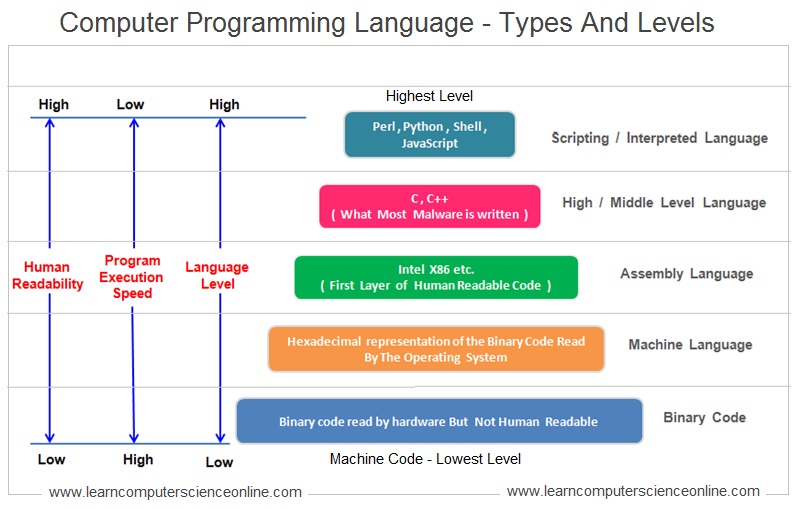 T&P decided to understand the technique of reading and understand why we read slowly and how to speed up this process without losing quality.
T&P decided to understand the technique of reading and understand why we read slowly and how to speed up this process without losing quality. Reading is one of the basic skills that we learn at the age of four to six. But having learned to read confidently in the first or second grade, for some reason we decide that we have reached the heights, and no longer pay attention to the development of this skill. Speed reading is completely shrouded in many myths. The fear that, by increasing the speed of reading, a person will stop doing it thoughtfully, is rather naive. Here we can draw an analogy with sports, because speed reading is a kind of sports reading. And if the ability to run fast does not lead to the fact that a person forgets how to walk, then why should this happen with reading?
In a word, the problem lies precisely in the perception of the norm. A speed of 200–250 words per minute is considered normal. At the same time, the catch lies in the very unit of measurement - words per minute.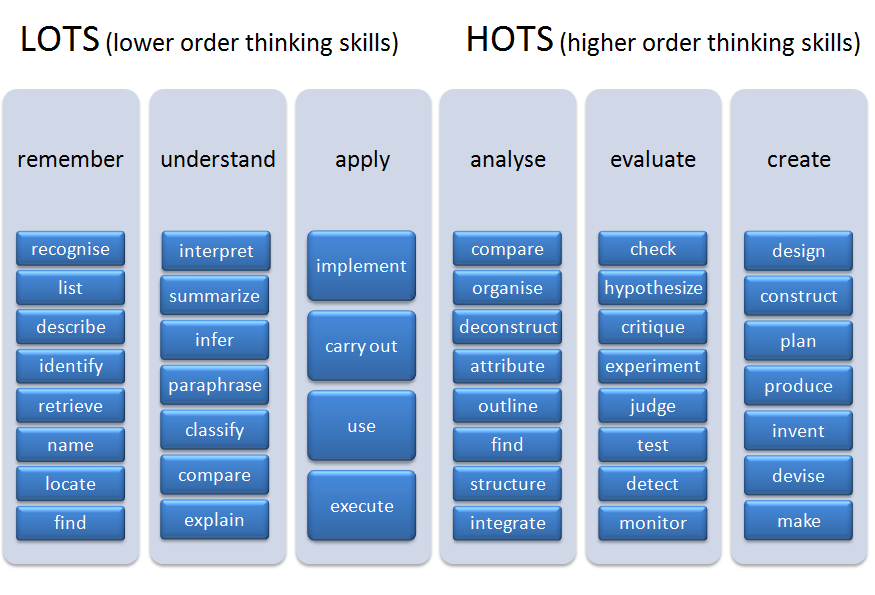 Speed reading is not reading word by word as such, but rather reading in semantic blocks, due to which, in many respects, it is possible to increase the amount of reading by five to ten times. So why do we read slowly and what prevents us from speeding up? There are quite a few reasons for the low reading speed: some of them are related to the psyche, and some are related to physiology. However, any barrier to dynamic reading can be overcome.
Speed reading is not reading word by word as such, but rather reading in semantic blocks, due to which, in many respects, it is possible to increase the amount of reading by five to ten times. So why do we read slowly and what prevents us from speeding up? There are quite a few reasons for the low reading speed: some of them are related to the psyche, and some are related to physiology. However, any barrier to dynamic reading can be overcome.
Internal prompter
The most common enemy of speed reading is subvocalization (speaking to yourself). Have you noticed that even when reading street signs, people often whisper new names? Duplicating the read text to yourself (sometimes even with articulation) is one of the most serious obstacles to speed reading. Firstly, because, by pronouncing what we read, we reduce the speed of reading to the pace of oral speech, and secondly, this is a habit that we have unconsciously practiced for almost our entire lives and which is not easy to unlearn.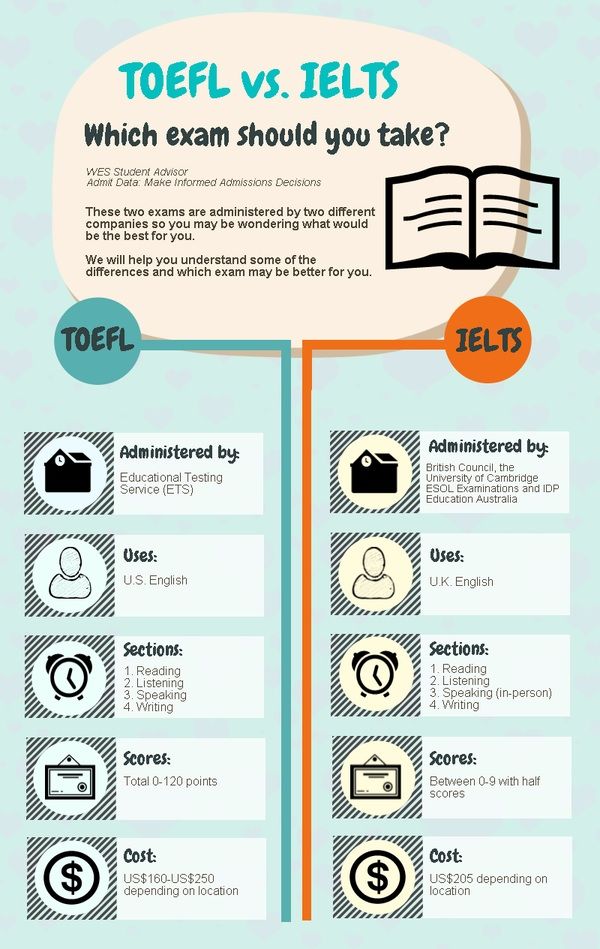
To remove internal articulation, you need to reorient your internal prompter from speaking to recognition. Pronunciation is turned on mainly when faced with new information, so it is necessary to work with unfamiliar vocabulary. When a compound word is first encountered in a text, it is necessary to read it slowly and carefully. If the meaning of the word is not quite clear, it is necessary to clarify it so that the visual image and content are correlated. "Photograph" the words with your eyes. Every time you stumble over an unfamiliar word, try closing your eyes and imagining how it is spelled. The good news is that recognition is an automatic process: once you memorize a word, it will happen effortlessly afterwards. For example, by slowly saying “deoxyribonucleic acid”, clarifying the meaning and “photographing” the phrase, the next time your brain will understand that we are talking about DNA before you physically have time to finish reading it.
See wider
The main physiological limitation of fast reading is a narrow field of view.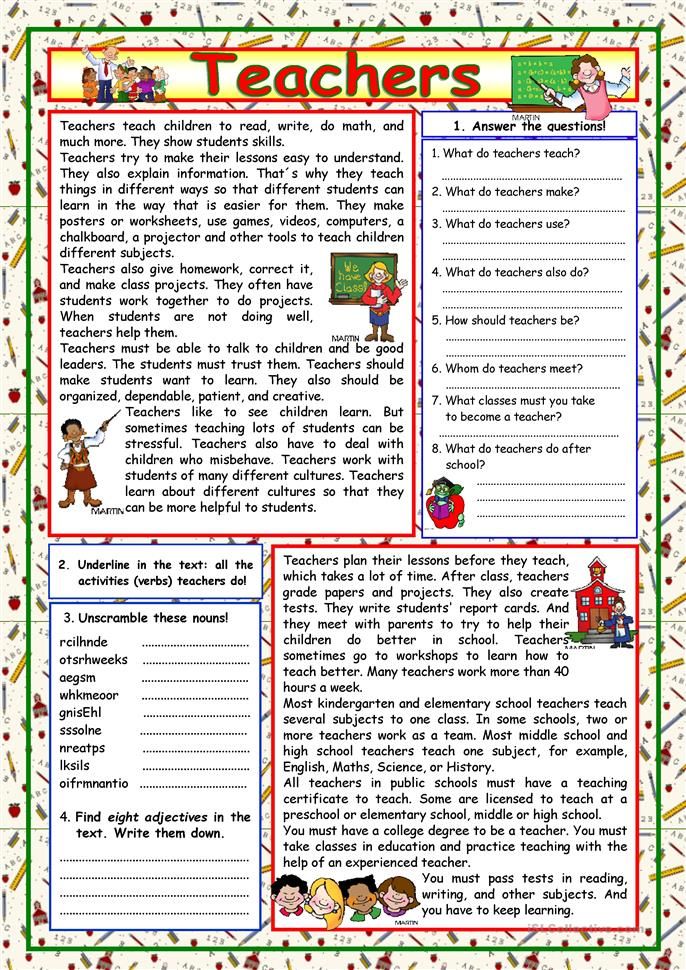 As already mentioned, speed reading is reading not by words, but by blocks. Many are faced with a low visual ability to cover a certain amount of information at a time. But again, the good news is that peripheral vision can be developed, and fairly quickly.
As already mentioned, speed reading is reading not by words, but by blocks. Many are faced with a low visual ability to cover a certain amount of information at a time. But again, the good news is that peripheral vision can be developed, and fairly quickly.
Try to stop looking at some object and focus. Then, without moving your gaze or changing focus, try to visually capture the maximum number of objects around you. If you read newspapers, reading columns is a great exercise for you. Try to cover the entire line of one column: one visual fixation - one line of the column. At the initial stage of training, a vertical line drawn in the middle of the column will be a good help. This will help to quickly accustom the eye to focus on the middle of the line.
It is valuable not only and not so much knowledge of specific speed reading techniques, but understanding the reasons for slow reading and habits that prevent you from increasing speed
you can find ready-made ones on the Internet or even download the appropriate mobile application for yourself.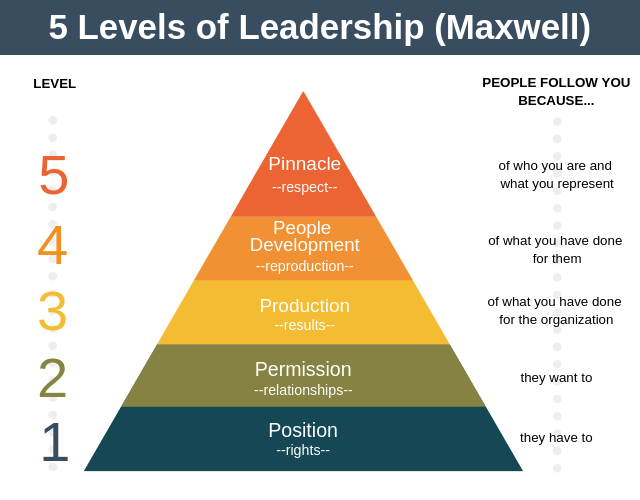 There are many variants of Schulte tables. The most common one is a 5×5 square, in which the numbers from 1 to 25 are randomly located in the cells. The task is to move your eyes from 1 to 25 as soon as possible. And the goal is to do this with a gradual increase in speed. However, to train peripheral vision, one condition must be observed: the gaze must be fixed on the central cell of the table, that is, you need to look for numbers without shifting the focus.
There are many variants of Schulte tables. The most common one is a 5×5 square, in which the numbers from 1 to 25 are randomly located in the cells. The task is to move your eyes from 1 to 25 as soon as possible. And the goal is to do this with a gradual increase in speed. However, to train peripheral vision, one condition must be observed: the gaze must be fixed on the central cell of the table, that is, you need to look for numbers without shifting the focus.
Curiously, everyone has developed peripheral vision. It’s just that in some cases we use it (for example, while driving a car or when the object of our love or boss entered the room), and in others (as in the situation with reading), this habit is simply not developed in us. If you increase the importance of reading for yourself and extend the habit to this area of life, you will soon notice the result.
Repetition is not always the mother of learning
Most of us have a not particularly productive habit of looking back at the text we just read: we didn’t have time to read the right page to the end, as we again clarify something on the left.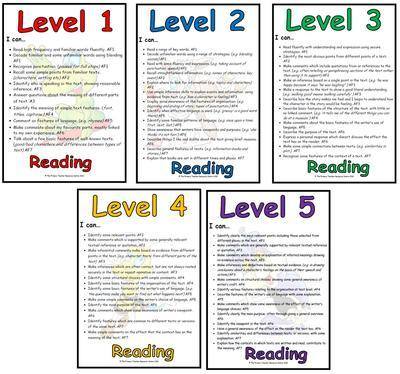 Rereading takes a lot of time. Such "regressions" in the form of repeated reading are directly related to the processes of remembering information, so the key to solving them is in the development of memory. Both familiar exercises like learning foreign languages or memorizing poetry, as well as less well-known mnemonics will do. For example, try to remember a chain of unrelated words. A gradual increase in the number of links contributes to an increase in the amount of RAM.
Rereading takes a lot of time. Such "regressions" in the form of repeated reading are directly related to the processes of remembering information, so the key to solving them is in the development of memory. Both familiar exercises like learning foreign languages or memorizing poetry, as well as less well-known mnemonics will do. For example, try to remember a chain of unrelated words. A gradual increase in the number of links contributes to an increase in the amount of RAM.
Think of a figurative title for each page you read. This will help consolidate what you read and save you from having to go back. This task is more suitable for children, but adults can also find it useful. The simplest exercise that will help get rid of repeated reading is tracking the return movements of the eyes. It is necessary to agree with yourself that you can return to what you have read only after the text has been read to the end. At the same time, you will practice discipline, as the force of habit will constantly push you to violate the contract.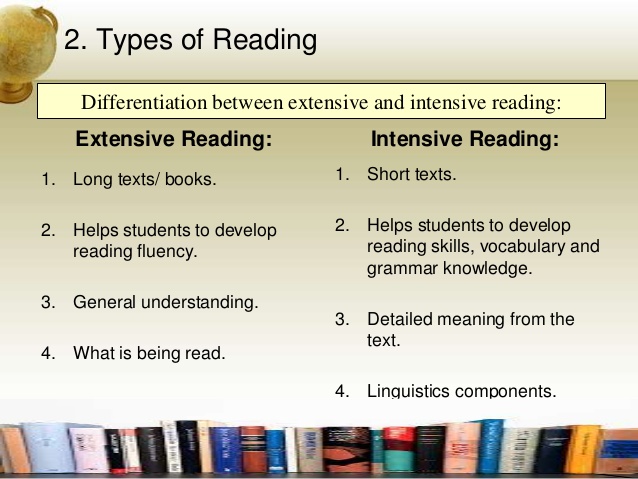 The second point, which is very important: you need to return to the text not mechanically, but consciously, mentally asking yourself a question, the answer to which you need to find.
The second point, which is very important: you need to return to the text not mechanically, but consciously, mentally asking yourself a question, the answer to which you need to find.
With regard to everyday habits, you can reduce the use of organizers and all kinds of reminder devices. You can start by going to the store when the list of necessary purchases is only in your head. Visualizing your list can help: mentally put everything you are going to buy into a bag, imagining how it looks like. It often happens that during a lecture or a heated argument, a phrase that was said a couple of minutes ago is forgotten. Returning to the previous page in such a situation is a little more problematic, so the skill of keeping information in your head will be useful in many situations and save resources.
I didn't notice the elephant
Inattention and distraction are also serious obstacles to the development of speed reading. Reading in itself requires increased attention from us, as it involves many parts of the brain at the same time.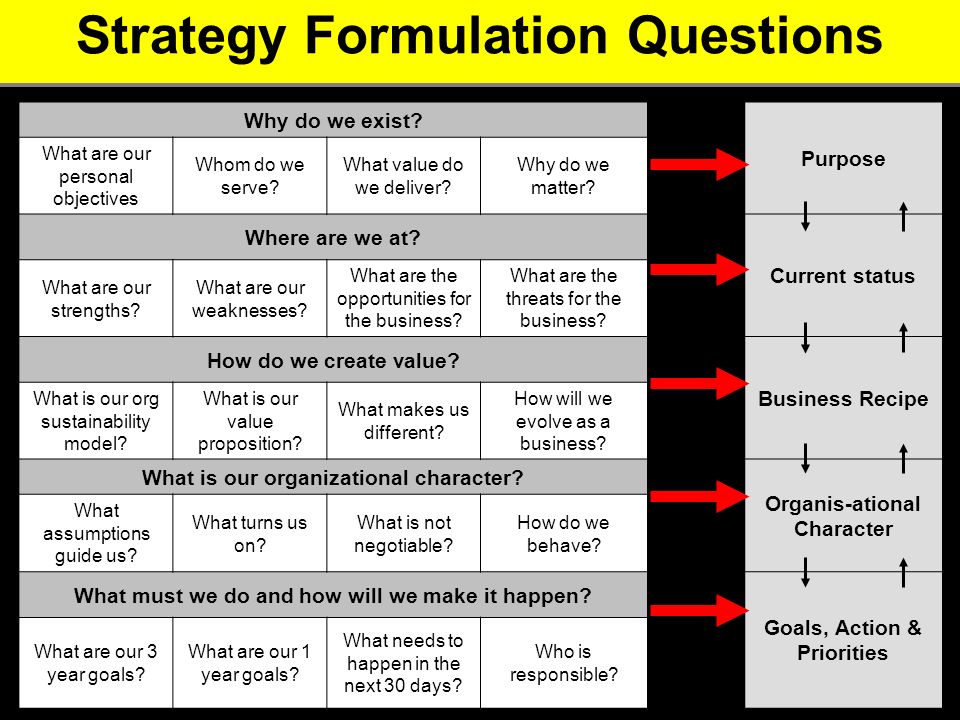 With an increase in reading speed, the requirement for concentration also increases. It's like driving a vehicle: a pedestrian at a speed of 5 km/h needs a certain level of attention and responsiveness, and a driver, even at a minimum speed of 60 km/h, needs to be 12 times more attentive! Thus, one of the most important skills for developing speed reading is the ability to hold attention. The increase in concentration is facilitated by exercises to suppress the internal dialogue, reduce the reaction to external stimuli, as well as work with the psychophysiological causes of inattention.
With an increase in reading speed, the requirement for concentration also increases. It's like driving a vehicle: a pedestrian at a speed of 5 km/h needs a certain level of attention and responsiveness, and a driver, even at a minimum speed of 60 km/h, needs to be 12 times more attentive! Thus, one of the most important skills for developing speed reading is the ability to hold attention. The increase in concentration is facilitated by exercises to suppress the internal dialogue, reduce the reaction to external stimuli, as well as work with the psychophysiological causes of inattention.
An effective concentration exercise is reading words backwards. This warm-up can be done anywhere: on the way to work or while doing some kind of routine. Choose a word, imagine how it is spelled, and then read it backwards. It is better to start with simple words: milk is near, holiday is kindzarp, and so on, gradually increasing the length and complexity of the words. It is important not to write anything down, but to do everything in your mind.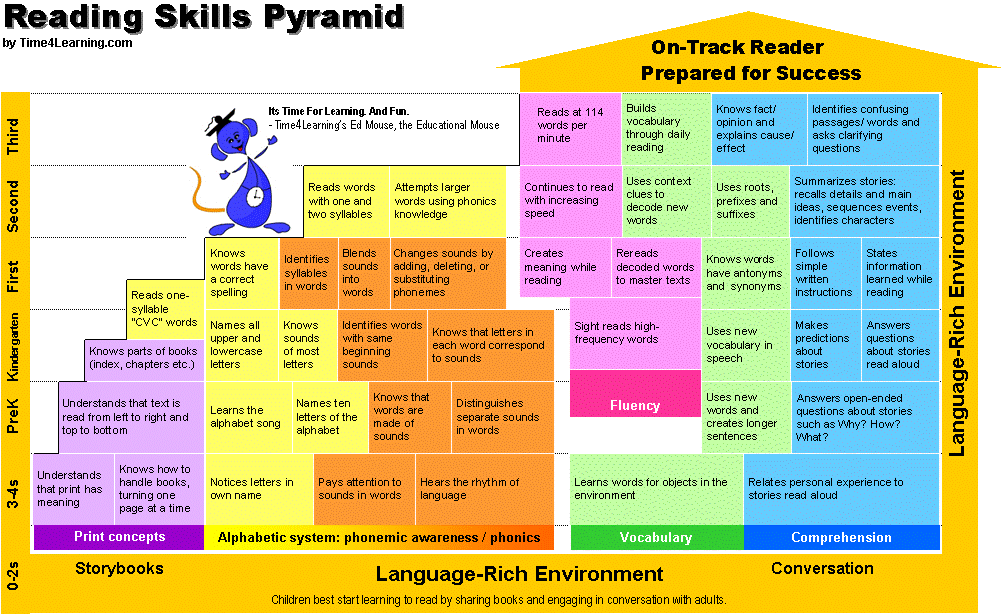 If this activity seems boring to you, get an educational board game that includes such tasks and combine the development of mindfulness with communication with friends. In the game "Equivoki", for example, there is a task "Infernal vice versa", which is far from being possible for everyone. Reading with a metronome also teaches you to concentrate. Download the program to your phone and set the speed you need in the settings (number of beats per minute). It is convenient to use a metronome when reading newspaper columns (see exercises for the development of peripheral vision). Adjusting the reading speed to a metronome helps not only keep the pace, but also turn off critical thinking for a while and focus on the reading process.
If this activity seems boring to you, get an educational board game that includes such tasks and combine the development of mindfulness with communication with friends. In the game "Equivoki", for example, there is a task "Infernal vice versa", which is far from being possible for everyone. Reading with a metronome also teaches you to concentrate. Download the program to your phone and set the speed you need in the settings (number of beats per minute). It is convenient to use a metronome when reading newspaper columns (see exercises for the development of peripheral vision). Adjusting the reading speed to a metronome helps not only keep the pace, but also turn off critical thinking for a while and focus on the reading process.
The reason for inattention can also be purely psychological barriers. For example, a lack of interest in reading. The best medicine here, of course, is the choice of literature that interests you. If this is a text from the “very necessary” series, then interest in oneself can be awakened: you need to look for it in why exactly you need it, what will change in your life with the acquisition of new knowledge.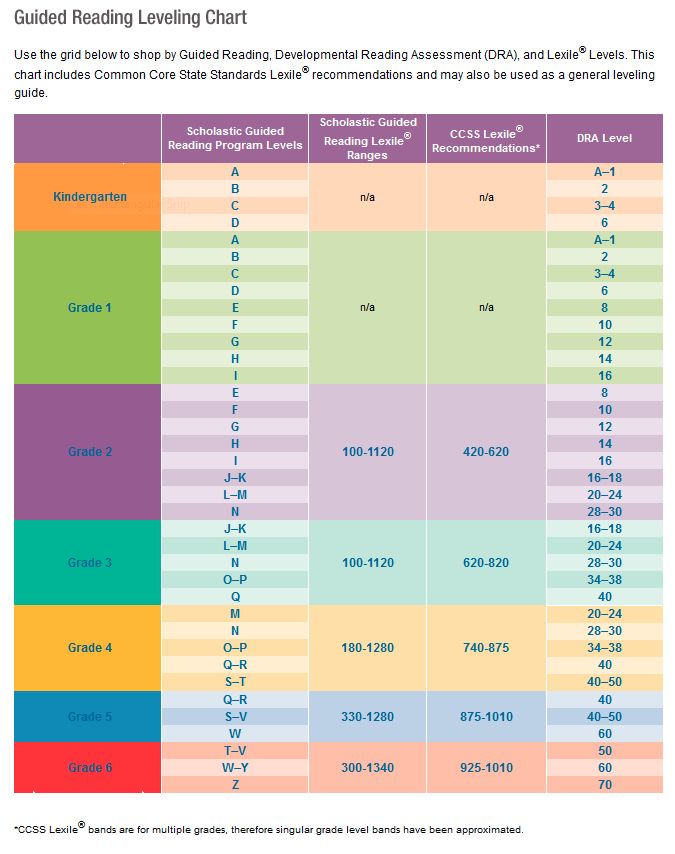 Distractedness is also often the result of physical fatigue, so the universal advice here is to break every 20 minutes for at least one minute, preferably with relaxation for the eyes.
Distractedness is also often the result of physical fatigue, so the universal advice here is to break every 20 minutes for at least one minute, preferably with relaxation for the eyes.
The development of mindfulness is extremely important, since the amount of assimilated information largely depends on this ability. To increase the speed of reading technically, not being ready to assimilate what you have read, is a pointless exercise. It's like in the ironic statement of Franz Kafka: “Life distracts our attention all the time; and we don’t even have time to notice why exactly.”
Look to the root
One of the basic reasons for low reading speed is the inability to highlight the main thing. What is your favorite book? Can you summarize her idea in one sentence? And the idea of a recently watched movie? If there are difficulties with this simple task, then working on the ability to highlight the main thing is another area of your growth. The ability to formulate thoughts can be developed by training logic and ingenuity.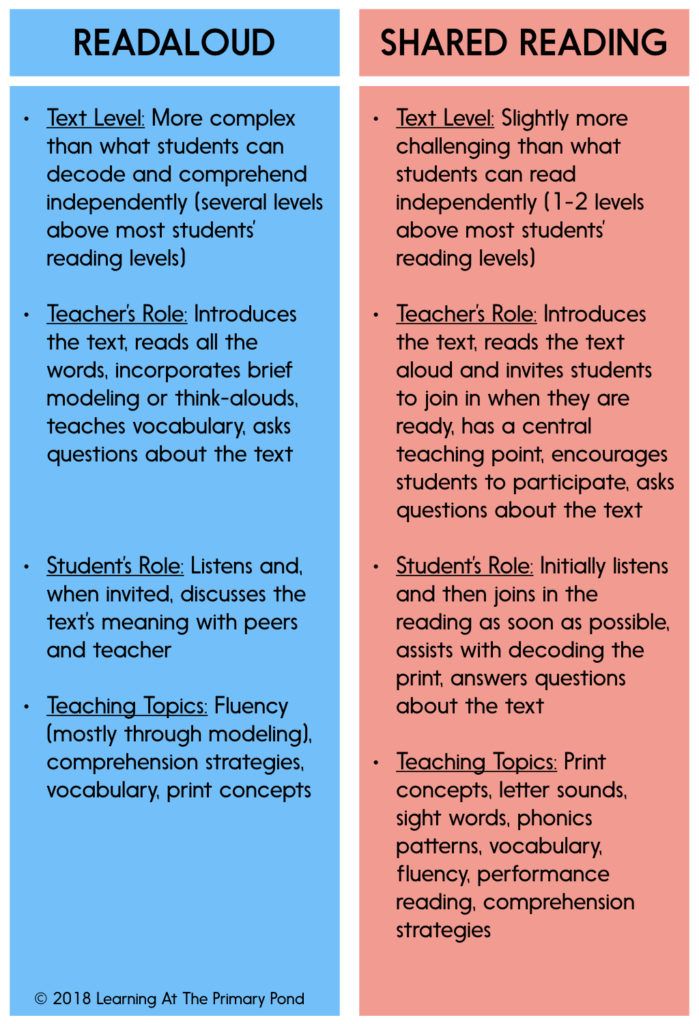
Prepare a vertical strip (3-4 cm wide to start with) of any non-translucent material (preferably plain, so that the picture or text does not distract from reading). Take any unfamiliar text, cover it with this strip and read, trying to understand the logic. When it becomes easy to assimilate a text with such a percentage of closed text, the width of the strip can be increased. The skill of highlighting the main thing is perfectly worked out by taking notes. If you are a student, you have a suitable field for training, and if you don’t already, then you can practice on a brief retelling of what you heard at a meeting, taking notes on articles or books you read. To develop logic, notes can be made in the form of diagrams. Processing text into diagrams perfectly develops systemic thinking and helps to see the big picture.
Beginners are often advised on the zeroing method. Ushakov's explanatory dictionary explains the word "shooting" as "trial shooting to determine the distance to the target and establish the correct sight.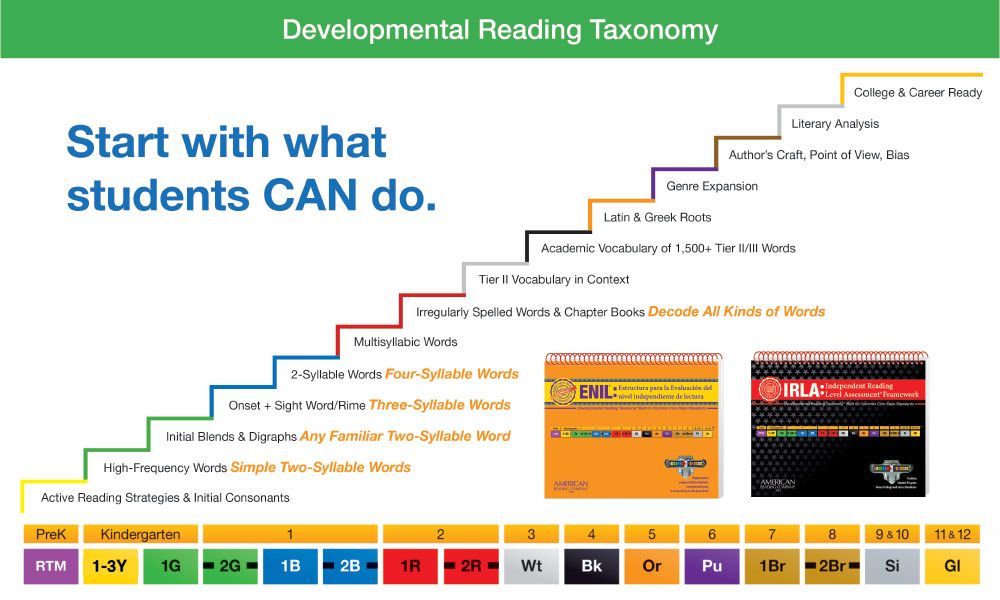 " This is exactly what is required to be done with the book. Open any page of an unfamiliar book (popular science texts are ideal for this exercise). Look at the text for 30 seconds, then close it and try to imagine the three facts that you remember. Visualize them and think about what is missing, what information you would like to learn the next time you access the text. Repeat this a few more times, each time you refer to the text, noting something new (as a result, at least 10 interconnected facts about what you read should remain in your head). This exercise teaches the so-called skimming reading, as it develops the ability to quickly search for the main ideas in the text. In addition, the skill of highlighting the main thing can be extremely useful already at the stage of choosing material for reading. Since modern texts are redundant not only in qualitative but also in quantitative manifestation, choosing the right book that best suits your task can significantly reduce the time spent on studying the subject.
" This is exactly what is required to be done with the book. Open any page of an unfamiliar book (popular science texts are ideal for this exercise). Look at the text for 30 seconds, then close it and try to imagine the three facts that you remember. Visualize them and think about what is missing, what information you would like to learn the next time you access the text. Repeat this a few more times, each time you refer to the text, noting something new (as a result, at least 10 interconnected facts about what you read should remain in your head). This exercise teaches the so-called skimming reading, as it develops the ability to quickly search for the main ideas in the text. In addition, the skill of highlighting the main thing can be extremely useful already at the stage of choosing material for reading. Since modern texts are redundant not only in qualitative but also in quantitative manifestation, choosing the right book that best suits your task can significantly reduce the time spent on studying the subject.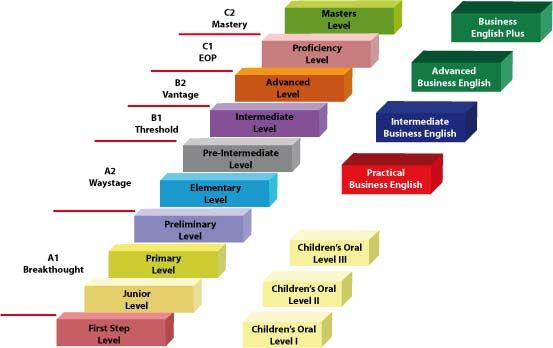
The presence of a goal directly affects the speed of reading, as it determines the degree of your interest. A predetermined task and expected result help to make reading more effective. For those who need the skill of speed reading for professional purposes - for reviews of highly specialized literature or for quickly mastering new areas - a working dictionary will be a good help. Our brain stops at unfamiliar words, and this stops the process. If you are a microbiologist and you need to quickly dive into, say, geodesy issues, then relying on general erudition is probably quite bold. Compiling a basic dictionary and memorizing the main words will help you master large amounts of information in the shortest possible time and significantly increase your reading speed.
© iStock / Helios8
So speed reading is a skill that can be developed. But at the same time, it is very important to realize that the whole bunch is necessary for efficiency: speed - understanding - memorization.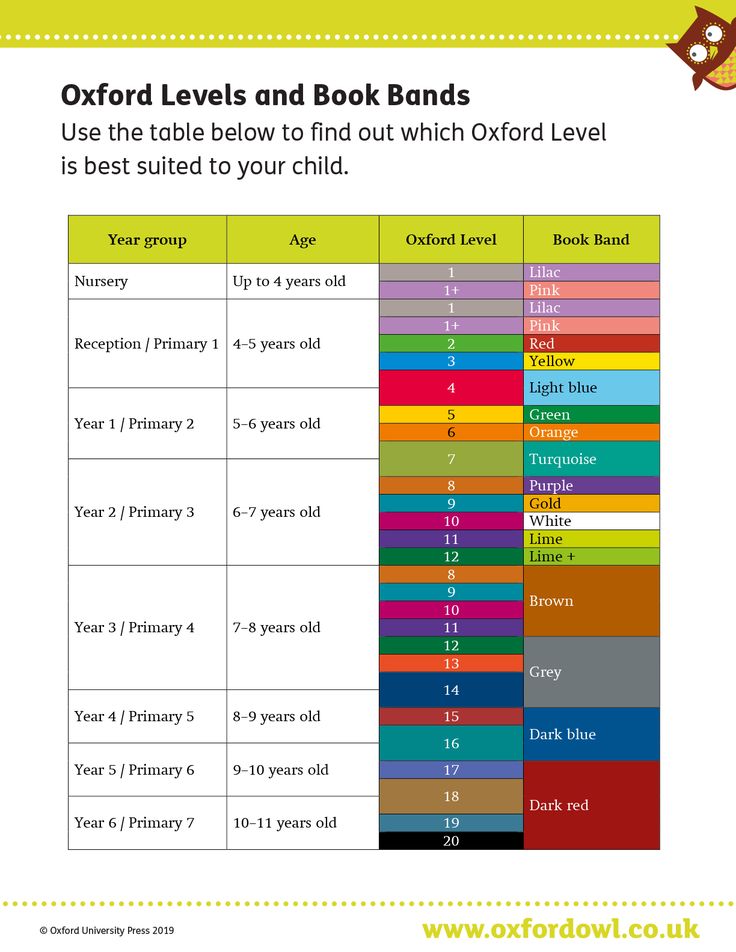 Therefore, it is valuable not only and not so much the knowledge of specific methods of speed reading, but the understanding of the reasons for slow reading and the habits that prevent increasing speed. At the same time, it is not necessary to place an equally strong emphasis on all skills at once: Maxim Gorky, for example, looked through books extremely quickly, perfectly mastering the technique of reading diagonally (and having a developed ability to highlight the main thing even with a cursory glance), Theodore Roosevelt read in large blocks, covering two sentences at a time (because he had developed peripheral vision), Honore de Balzac fixed his eyes on the whole paragraph at all, managing to restore the meaning of the text in one or two words (due to surprisingly developed ingenuity), and Pushkin could retell biographies after reading them almost verbatim (which was the result of both a huge vocabulary and a well-developed memory).
Therefore, it is valuable not only and not so much the knowledge of specific methods of speed reading, but the understanding of the reasons for slow reading and the habits that prevent increasing speed. At the same time, it is not necessary to place an equally strong emphasis on all skills at once: Maxim Gorky, for example, looked through books extremely quickly, perfectly mastering the technique of reading diagonally (and having a developed ability to highlight the main thing even with a cursory glance), Theodore Roosevelt read in large blocks, covering two sentences at a time (because he had developed peripheral vision), Honore de Balzac fixed his eyes on the whole paragraph at all, managing to restore the meaning of the text in one or two words (due to surprisingly developed ingenuity), and Pushkin could retell biographies after reading them almost verbatim (which was the result of both a huge vocabulary and a well-developed memory).
These exercises can be done as a morning workout.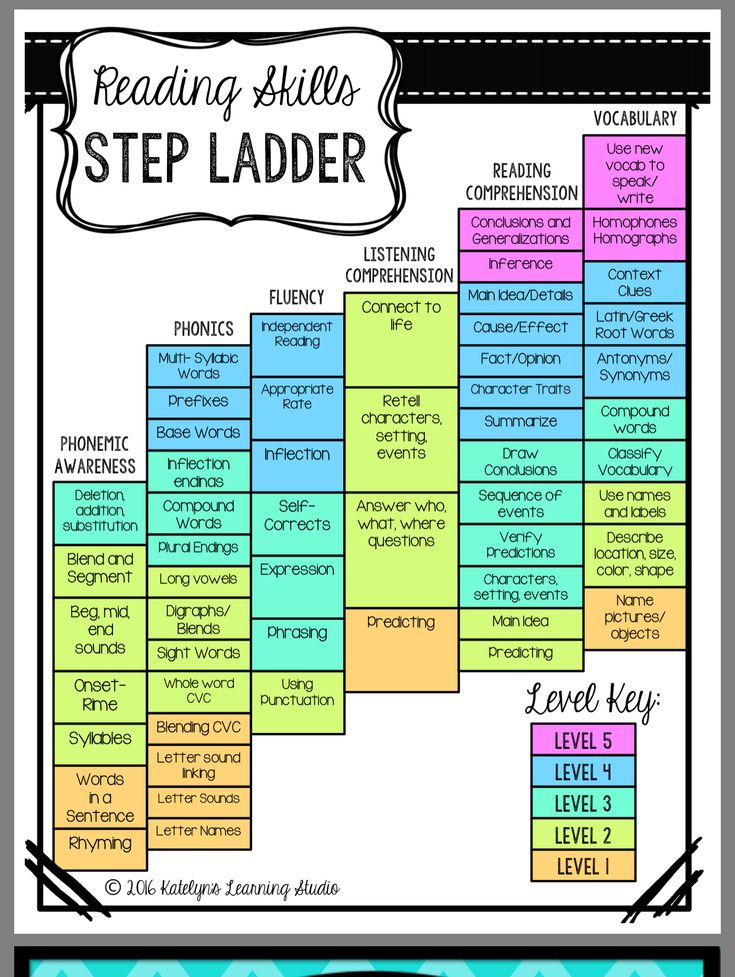 Daily exercise for the brain has a positive effect on many areas of life, positively affecting the quality of thinking. The Guardian recently published a study showing that readers live longer and that reading is a “survival benefit.” Speed reading specialist Irina Lando claims that "reading speed is equal to the speed of thinking." And understanding that speed reading is synonymous with speed thinking increases the motivation to develop this skill, doesn't it?
Daily exercise for the brain has a positive effect on many areas of life, positively affecting the quality of thinking. The Guardian recently published a study showing that readers live longer and that reading is a “survival benefit.” Speed reading specialist Irina Lando claims that "reading speed is equal to the speed of thinking." And understanding that speed reading is synonymous with speed thinking increases the motivation to develop this skill, doesn't it?
Irina Lando
Doctor of Science in Management, specialty - knowledge management (knowledge management)
I'll start with the fact that a person cannot read faster than he thinks. The reason for slow reading is often slow thinking, it is in this case that we can observe how a person's lips move while reading.
I cannot agree with the statement that the quality of reading decreases at high speed. This happens to those who try to run through the text faster than their brain can comprehend what they read.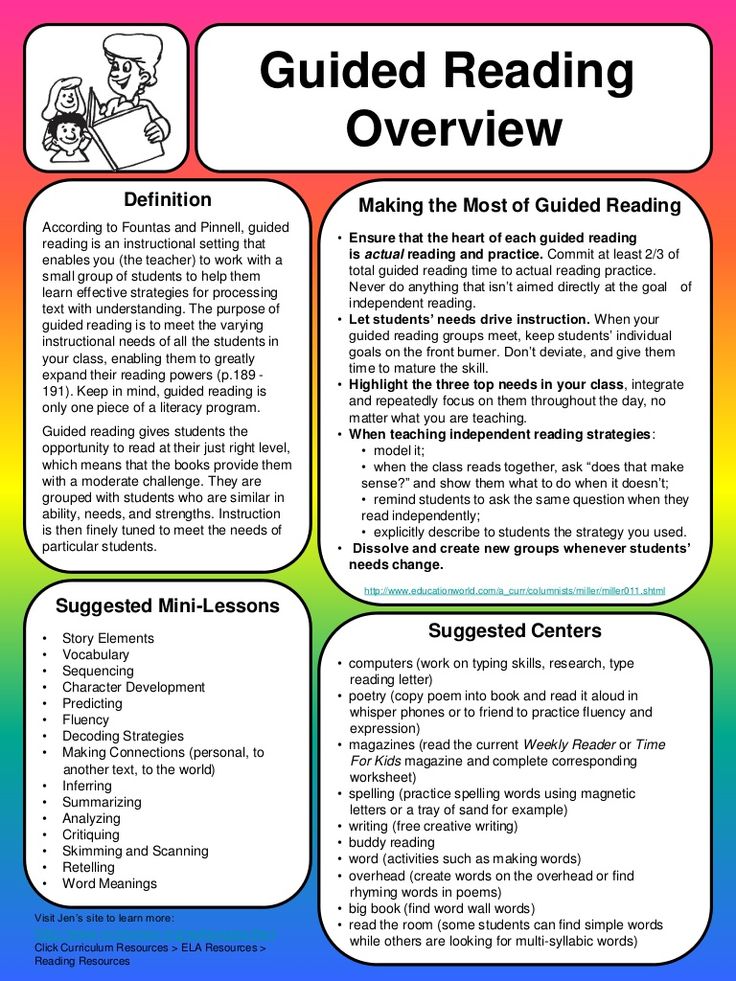 Let's use logic. When your attention increases: when information is presented quickly or slowly? In which case will you better understand what you read: if you read with more attention or with less? When reading fast, the brain is forced to process information at a higher speed, so attention increases. Another thing is that the speed of reading cannot exceed the speed of the reader's thinking. Therefore, the first limiter is the speed with which a person can process text information, and the second is the number of words, phrases, sentences, paragraphs that the reader is able to see in the text.
Let's use logic. When your attention increases: when information is presented quickly or slowly? In which case will you better understand what you read: if you read with more attention or with less? When reading fast, the brain is forced to process information at a higher speed, so attention increases. Another thing is that the speed of reading cannot exceed the speed of the reader's thinking. Therefore, the first limiter is the speed with which a person can process text information, and the second is the number of words, phrases, sentences, paragraphs that the reader is able to see in the text.
Those who have the skill of speed reading do not read any literature quickly at all. They choose the speed of reading depending on the complexity of the text and the purpose of reading. One and the same book can be read for different purposes and, accordingly, at different speeds. The speed of reading fiction will depend on the speed at which the reader's brain is able to recode the text into a film.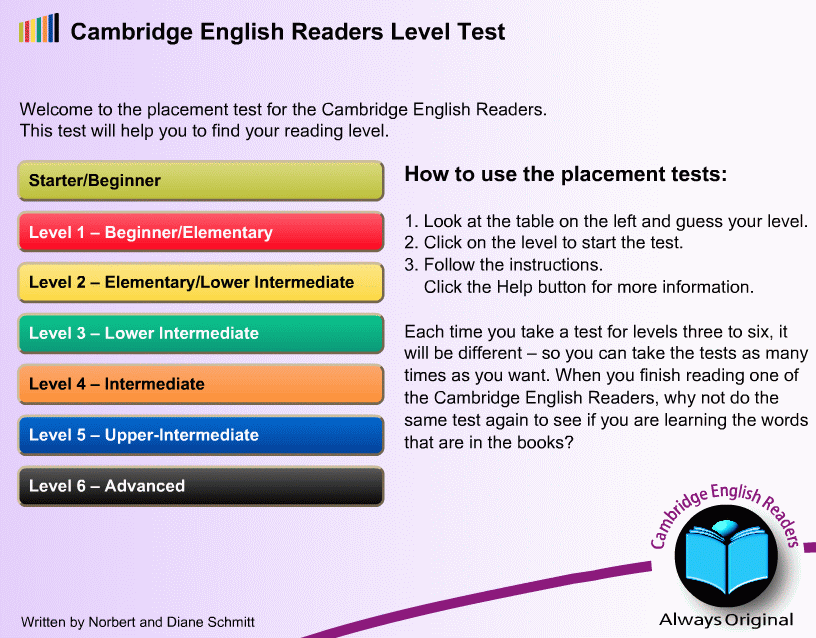 Quite a lot of people can understand fiction in paragraphs. Not only grasping the essence, but having time to feel what is happening. It depends on whether you read with a child in childhood. This is great for developing imaginative thinking.
Quite a lot of people can understand fiction in paragraphs. Not only grasping the essence, but having time to feel what is happening. It depends on whether you read with a child in childhood. This is great for developing imaginative thinking.
Adults, on the other hand, are increasingly faced with the problem of functional illiteracy: they know letters, they can read, but they cannot understand what they read. With the advent of the Internet, new habits also arose: not reading to the end, grabbing information in parts, and so on. Many people get used to the fact that, having snatched some pieces from the text, the rest can be thought out by yourself. This can be done, for example, by a university professor, reading term papers of first-year students in their specialty. But the same first-year students will not be able to piece together the texts from the fourth-year textbook and tell the subject, thinking it out.
What can I recommend? First, read! Reading is a practical skill.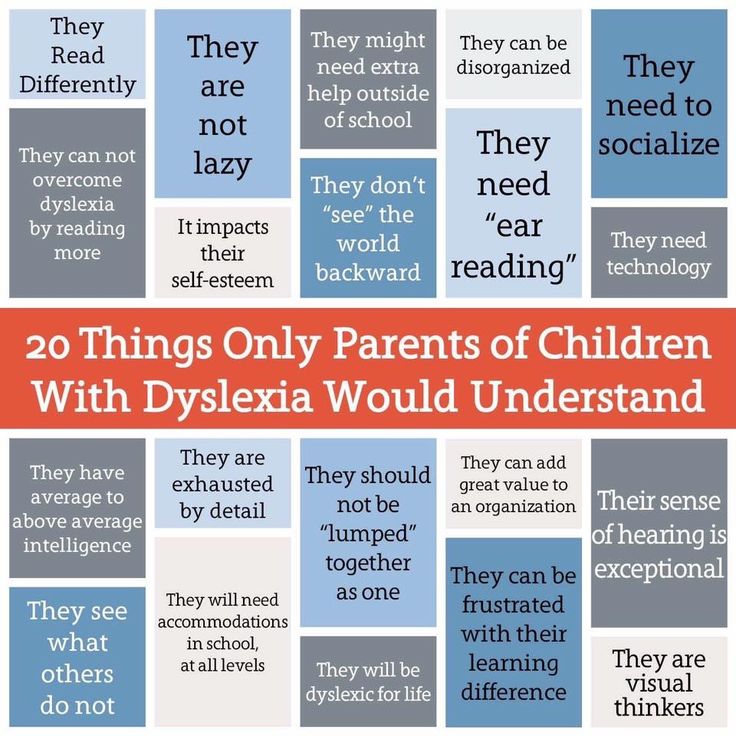 Those who read a lot do it quickly. Find books that you will be interested in reading; when you want to know how it all ends. While you are reading, your brain is learning to recode little black squiggles off a piece of paper into images, paintings, films. Secondly, when reading complex literature that you have to think about for a long time, think about each phrase (for example, philosophical works), dilute it with reading light literature, on which you can accelerate. It is better if it is a story, not a short story. An experienced reader follows the course of the author's thoughts, highlighting the main idea and linking the rest of the details of the story with it. An inexperienced reader is betrayed by the inability to distinguish the main from the secondary, when only a particular example is retold instead of the essence.
Those who read a lot do it quickly. Find books that you will be interested in reading; when you want to know how it all ends. While you are reading, your brain is learning to recode little black squiggles off a piece of paper into images, paintings, films. Secondly, when reading complex literature that you have to think about for a long time, think about each phrase (for example, philosophical works), dilute it with reading light literature, on which you can accelerate. It is better if it is a story, not a short story. An experienced reader follows the course of the author's thoughts, highlighting the main idea and linking the rest of the details of the story with it. An inexperienced reader is betrayed by the inability to distinguish the main from the secondary, when only a particular example is retold instead of the essence.
It is also important to understand that reading and listening to books are completely different processes and different tasks for our brain. When listening to audiobooks, the temporal lobes work, and when reading, the posterior lobes work.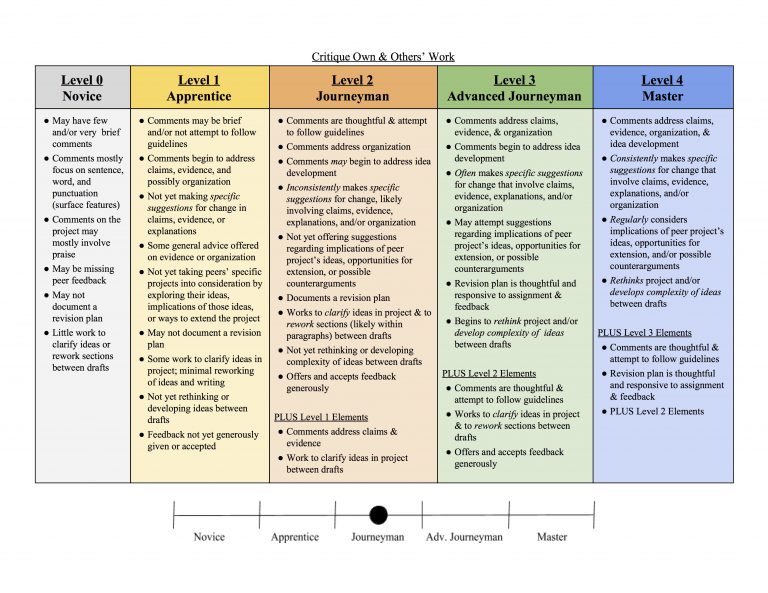

 The technical side involves optical perception, reproduction of the sound shell of the word, speech movements, that is, decoding texts and their translation into oral-speech form (T. G. Egorov, A. N. Kornev, A. R. Luria, M. I. Omorokova, L. S. Tsvetkova, D. B. Elkonin). semantic side includes understanding the meaning and meaning of individual words and the whole statements (T. G Egorov, A. N. Kornev, A. R. Luria, L. S. Tsvetkova, D. B. Elkonin) or translation of the author's code into your own semantic code (M. I. Omorokova).
The technical side involves optical perception, reproduction of the sound shell of the word, speech movements, that is, decoding texts and their translation into oral-speech form (T. G. Egorov, A. N. Kornev, A. R. Luria, M. I. Omorokova, L. S. Tsvetkova, D. B. Elkonin). semantic side includes understanding the meaning and meaning of individual words and the whole statements (T. G Egorov, A. N. Kornev, A. R. Luria, L. S. Tsvetkova, D. B. Elkonin) or translation of the author's code into your own semantic code (M. I. Omorokova). 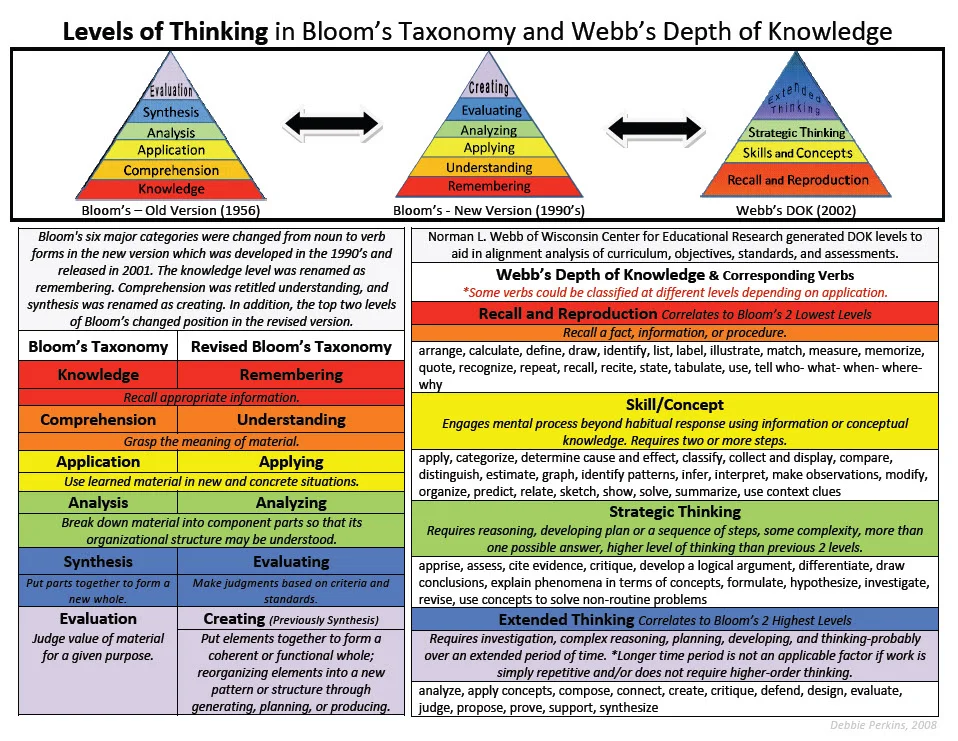 It's considerate reading and penetrating the meaning with the help of text analysis. When a person is really reads thoughtfully, then his imagination is sure to work, he can actively interact with your inner images. Man installs himself relationship between themselves, the text and the surrounding world. When a child has meaning reading, then his oral speech develops and, as the next important stage of development, written speech.
It's considerate reading and penetrating the meaning with the help of text analysis. When a person is really reads thoughtfully, then his imagination is sure to work, he can actively interact with your inner images. Man installs himself relationship between themselves, the text and the surrounding world. When a child has meaning reading, then his oral speech develops and, as the next important stage of development, written speech.  e., the process of interpretation is carried out, giving meaning.
e., the process of interpretation is carried out, giving meaning. 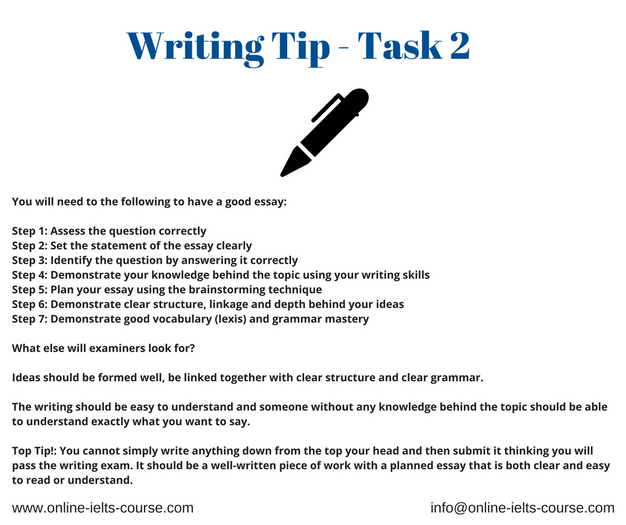
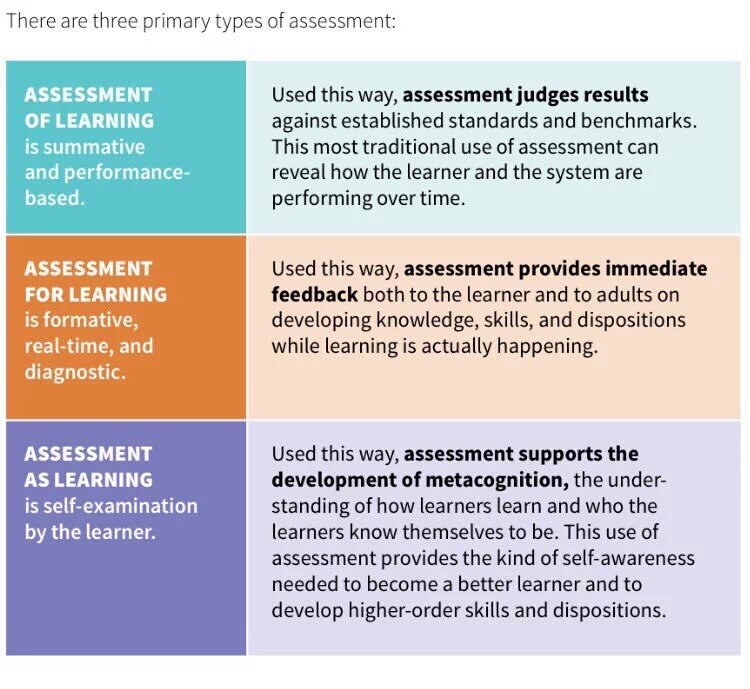
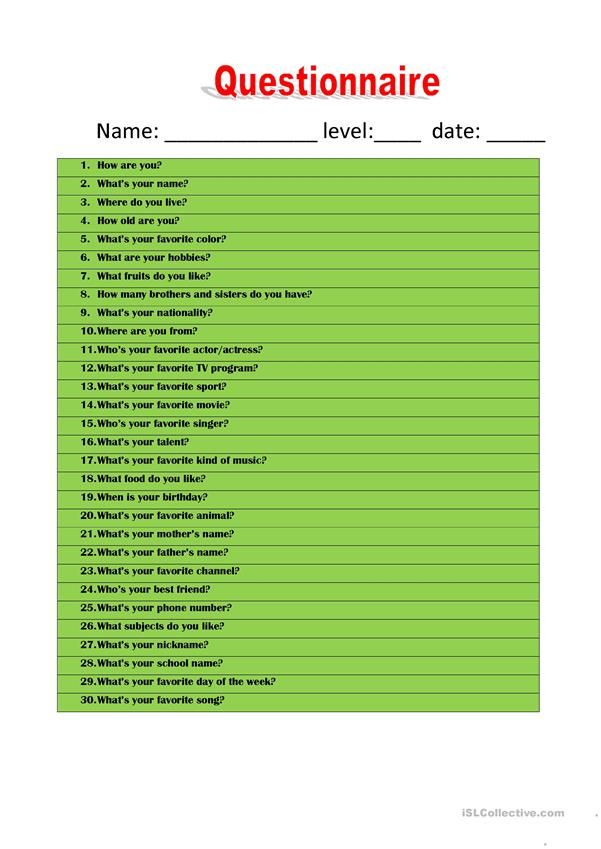
 Screen reading is revolutionizing the broader field of communication by in one row with the letter, and the screen with a page of written text.
Screen reading is revolutionizing the broader field of communication by in one row with the letter, and the screen with a page of written text. 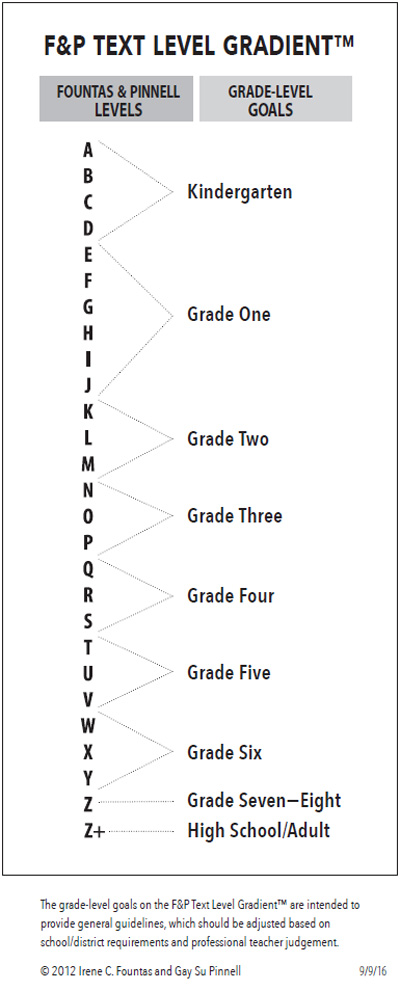 channels and mass media. The environment does not always shape the child's need to think, experience. Radio and television shows, there is no such cultural environment in which a child would have the opportunity to immerse yourself in the world of quality literature. decisive influence on The quality of reading, according to experts, is leisure reading. students, who read every day for pleasure show significantly higher results in reading literacy than their non-reading peers.
channels and mass media. The environment does not always shape the child's need to think, experience. Radio and television shows, there is no such cultural environment in which a child would have the opportunity to immerse yourself in the world of quality literature. decisive influence on The quality of reading, according to experts, is leisure reading. students, who read every day for pleasure show significantly higher results in reading literacy than their non-reading peers. 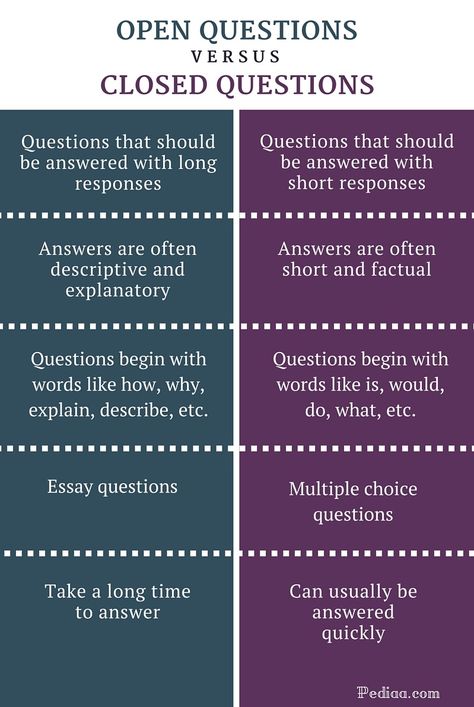
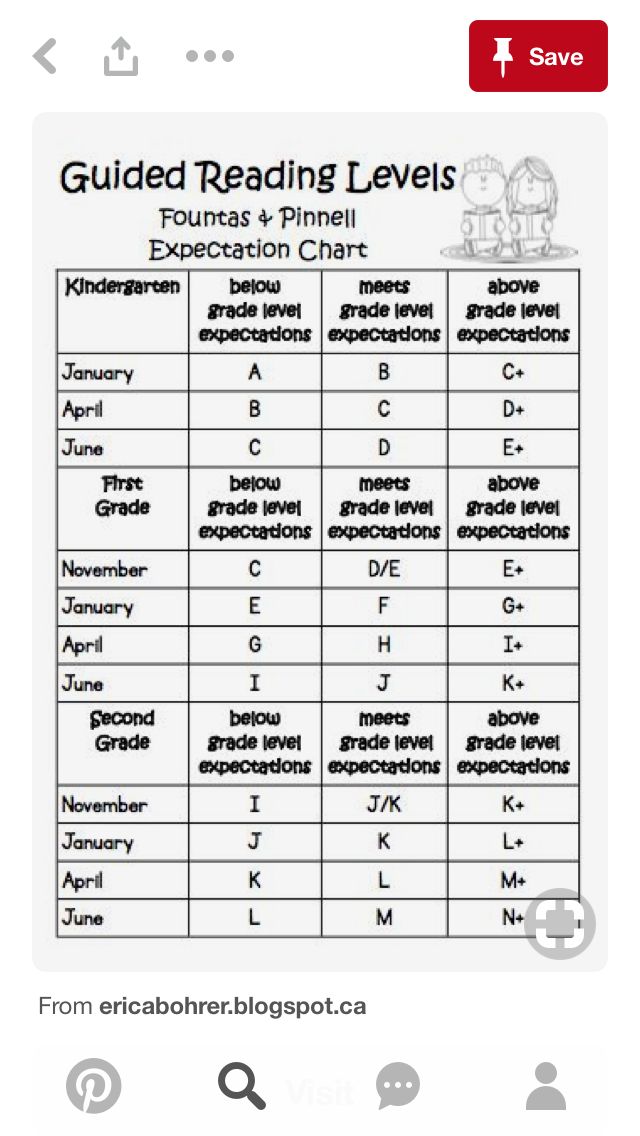
 Action is a collection operations for the purpose.
Action is a collection operations for the purpose. 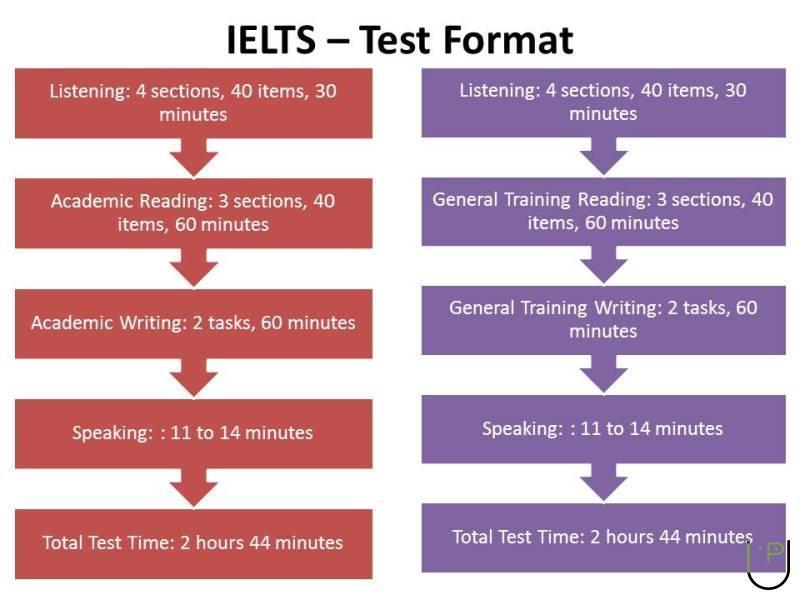
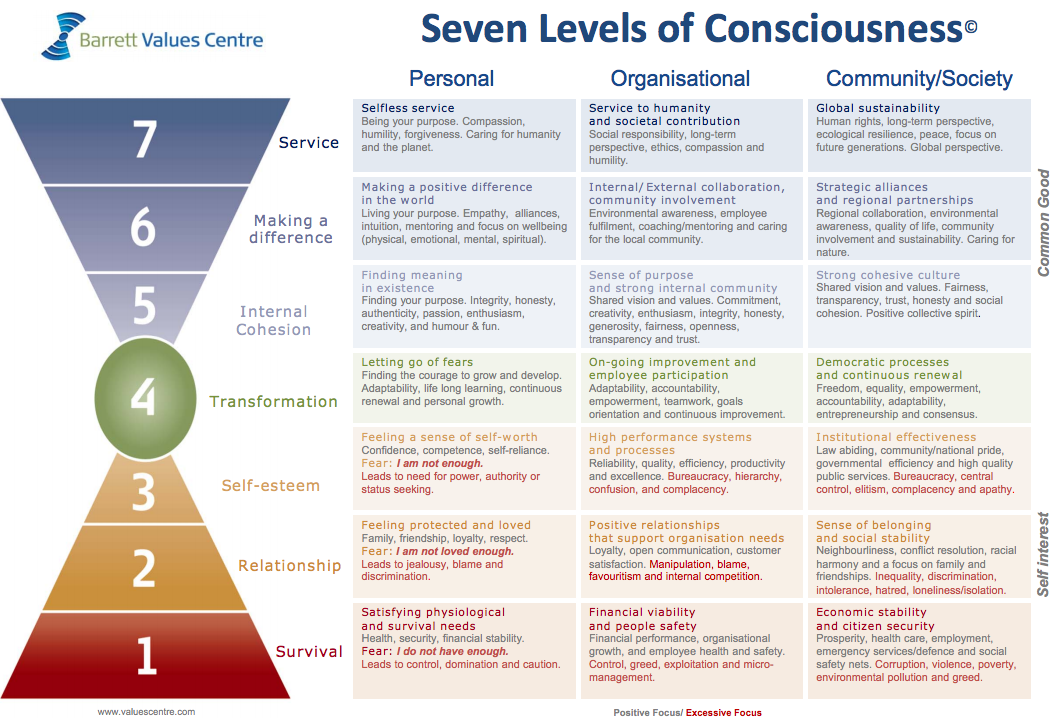 The main elements of scientific knowledge of methodological, system-forming and ideological nature, intended for compulsory study are: key theories, ideas, concepts, facts, methods.
The main elements of scientific knowledge of methodological, system-forming and ideological nature, intended for compulsory study are: key theories, ideas, concepts, facts, methods. 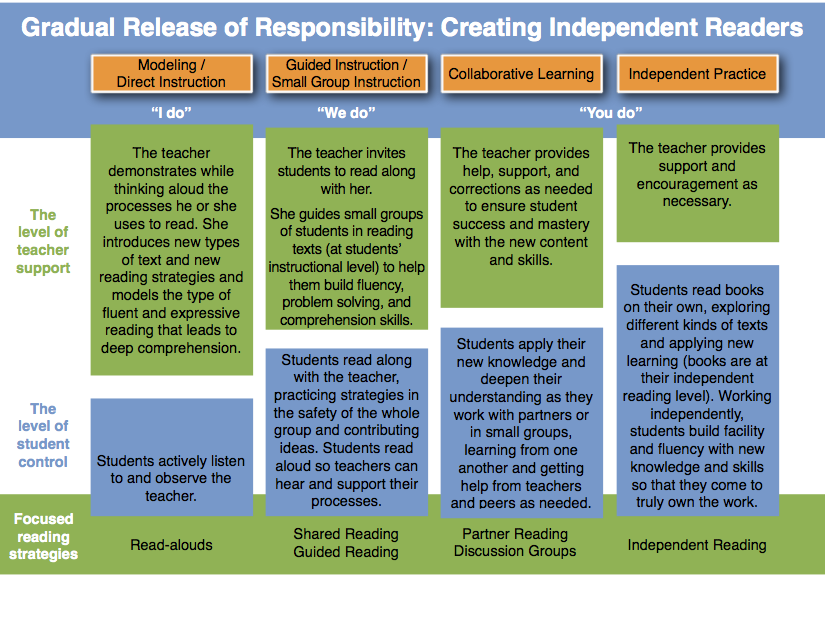 This is not a flow of information, but a hint at actions and results.
This is not a flow of information, but a hint at actions and results. 
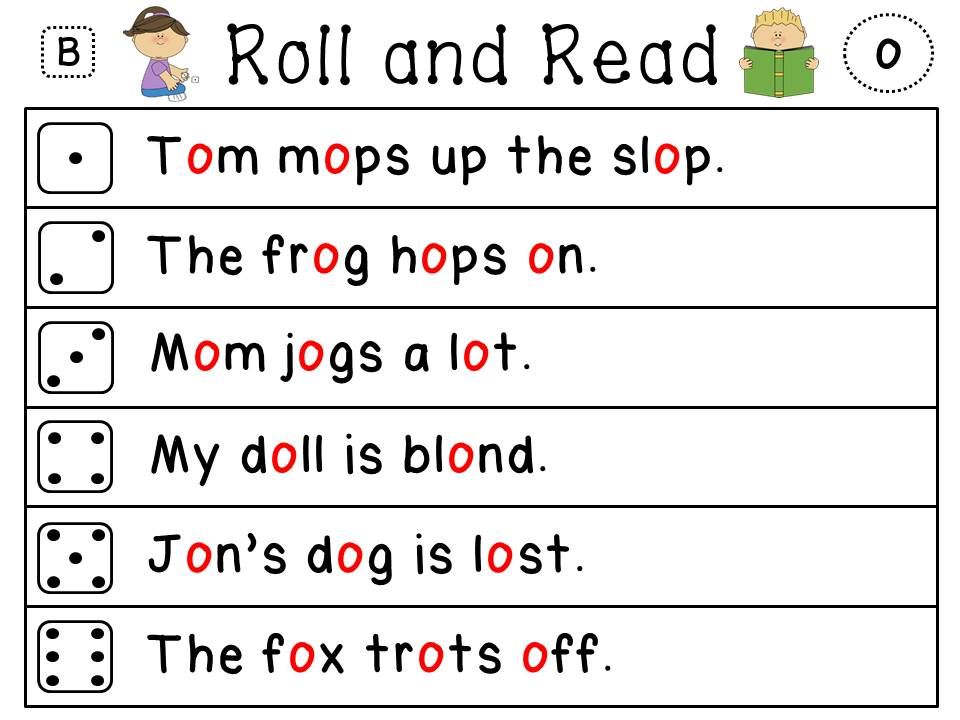
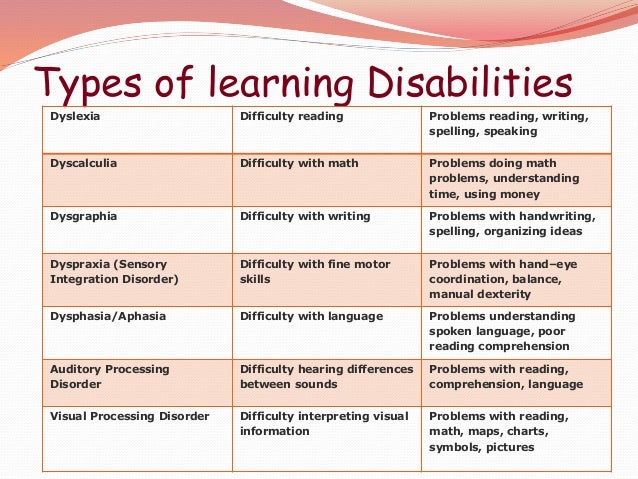
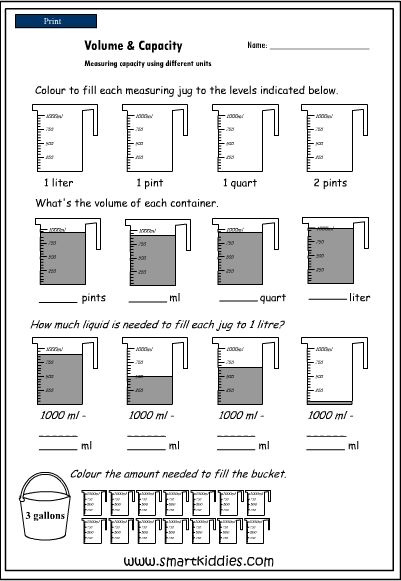 Work on art detail. Analysis of the language of the work (means of expression). Like one or the other language tools work on the meaning of the work, the idea?
Work on art detail. Analysis of the language of the work (means of expression). Like one or the other language tools work on the meaning of the work, the idea? 